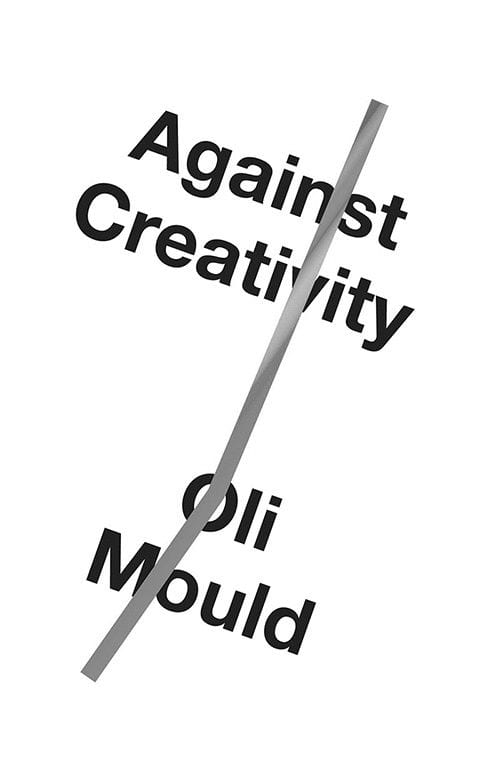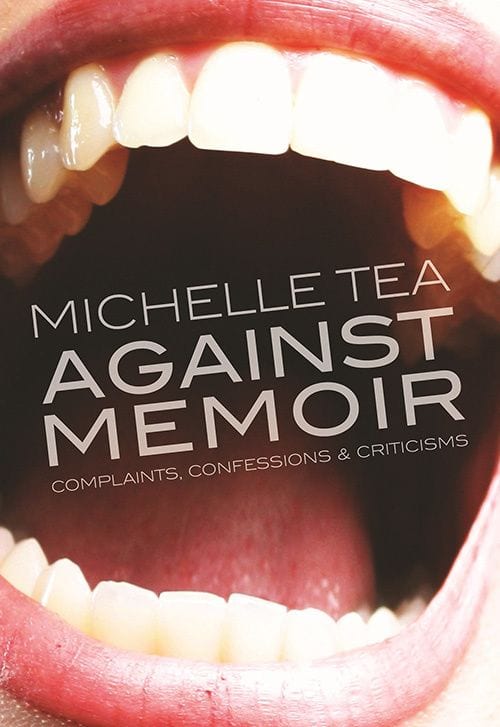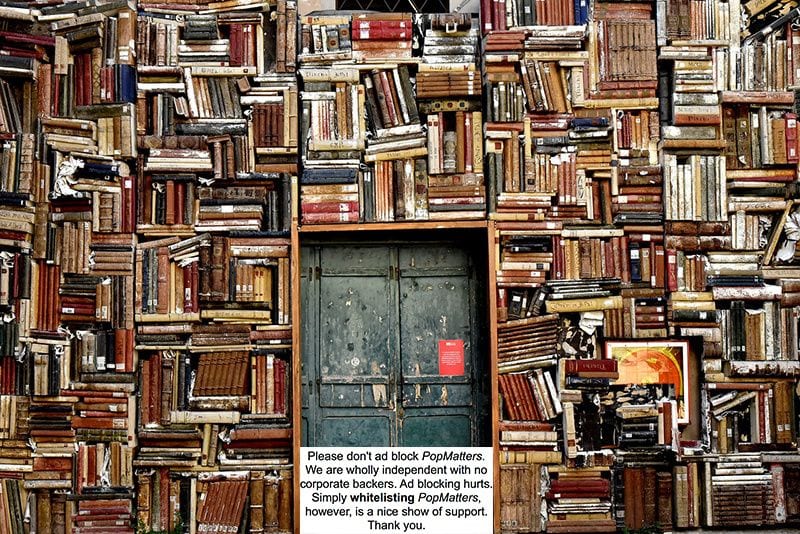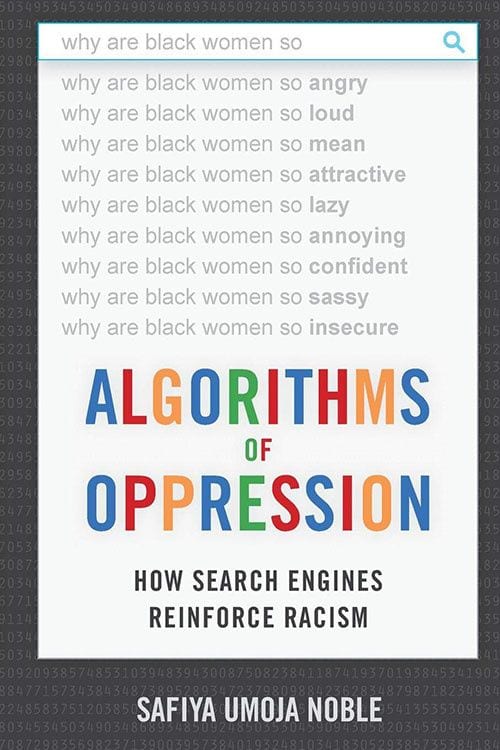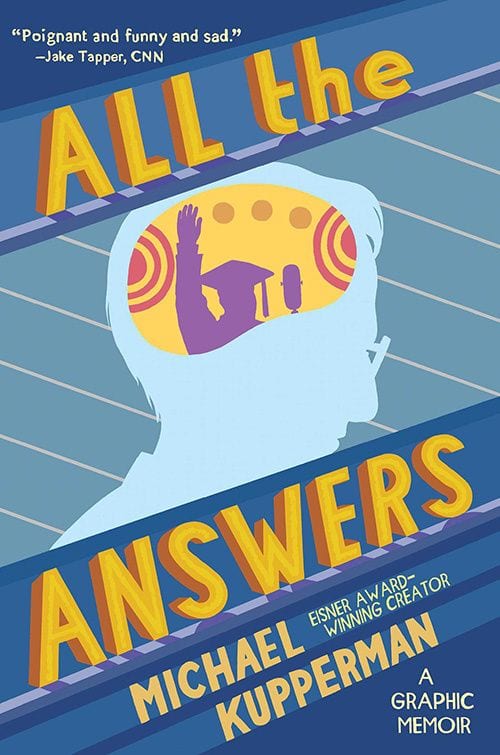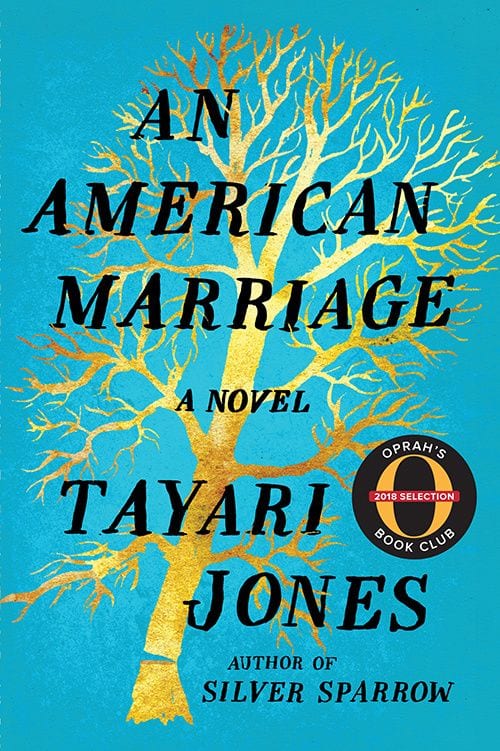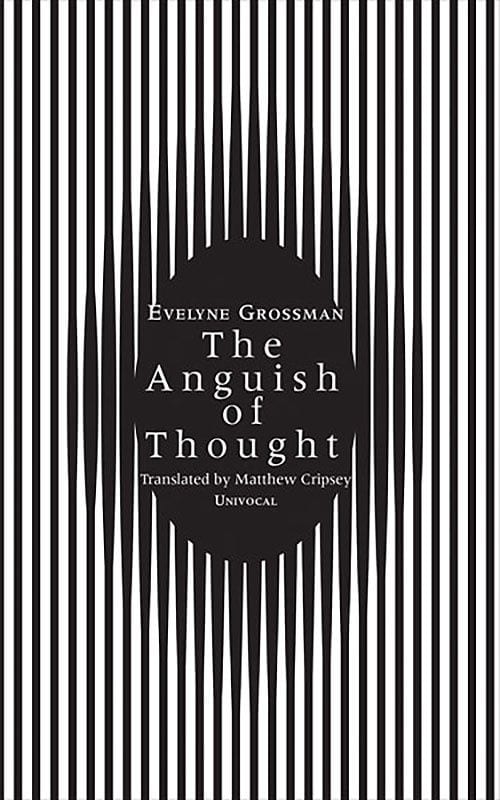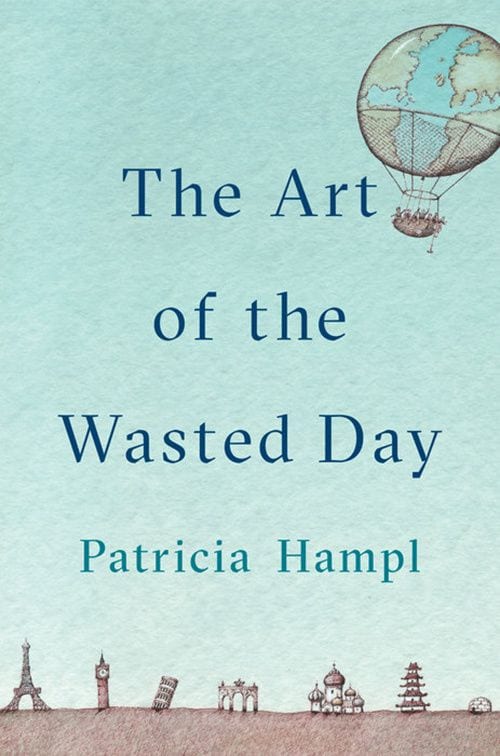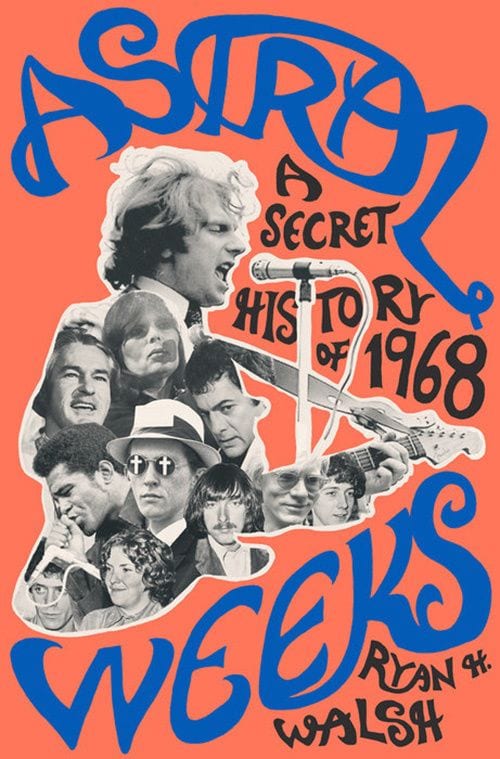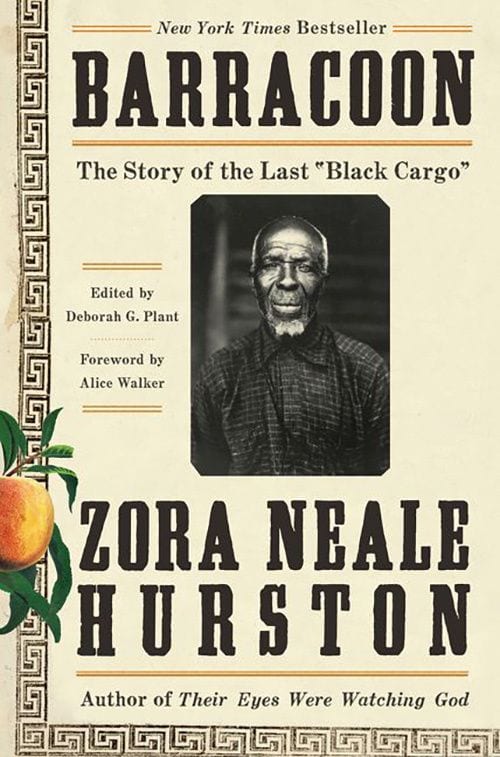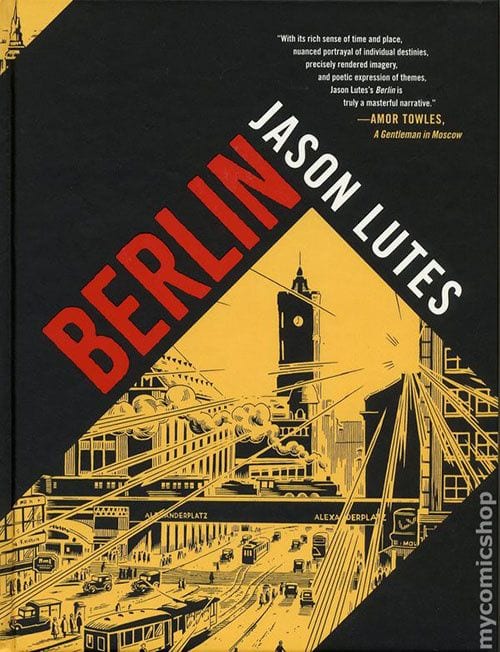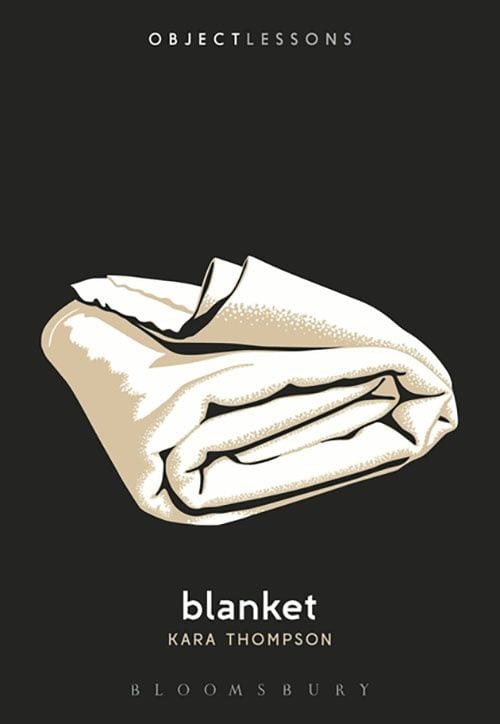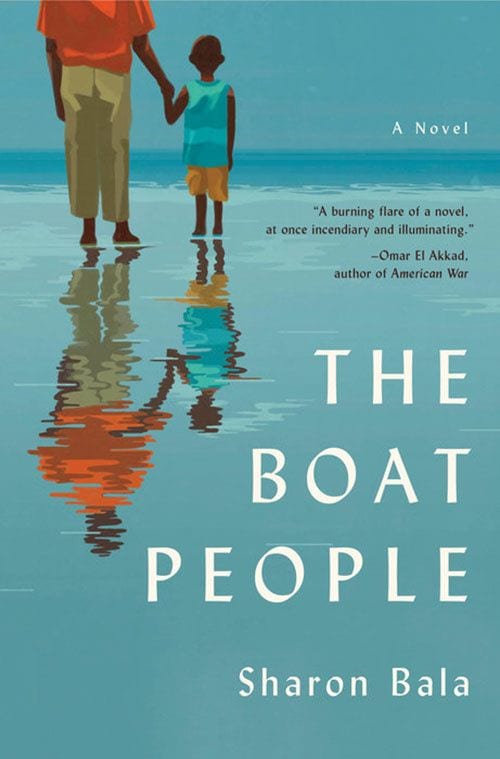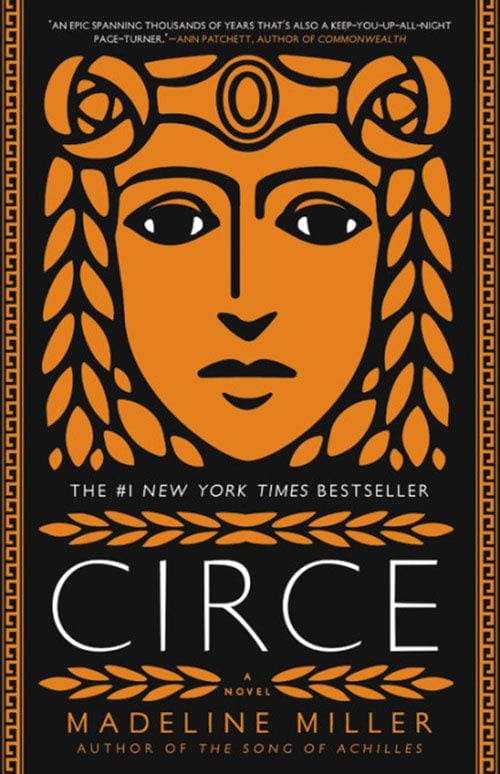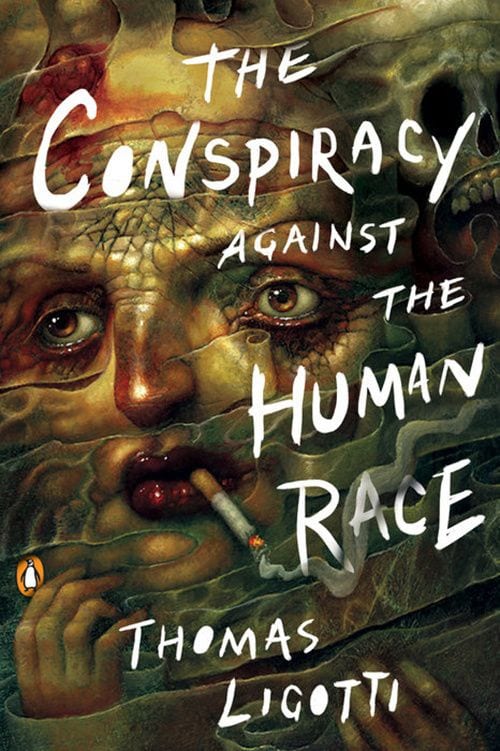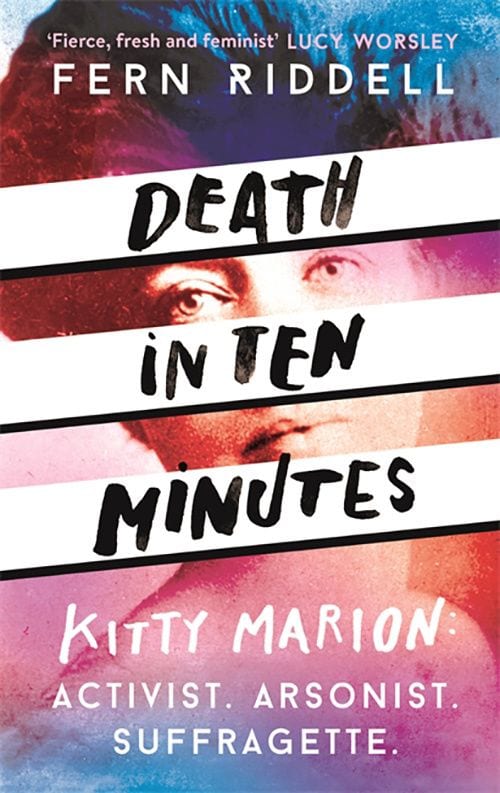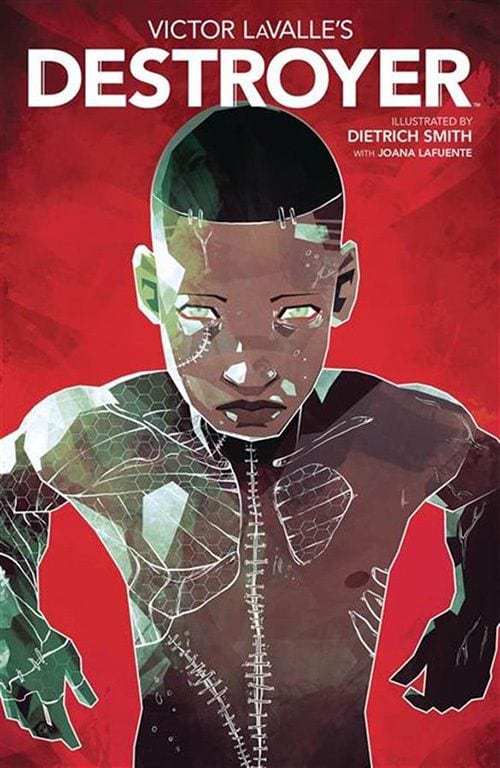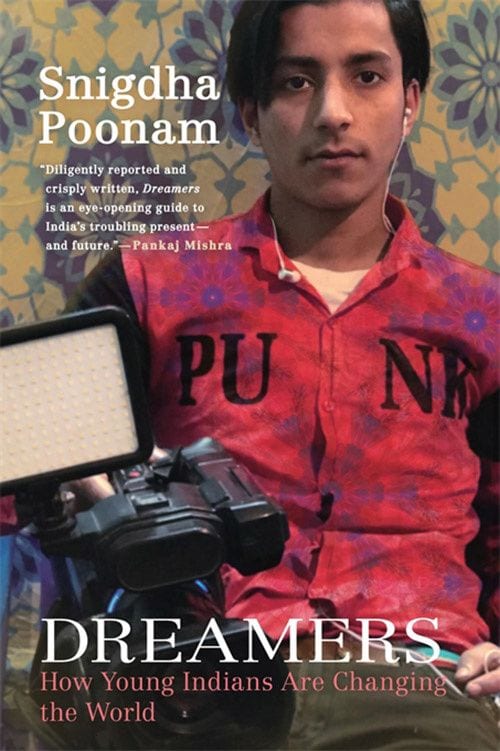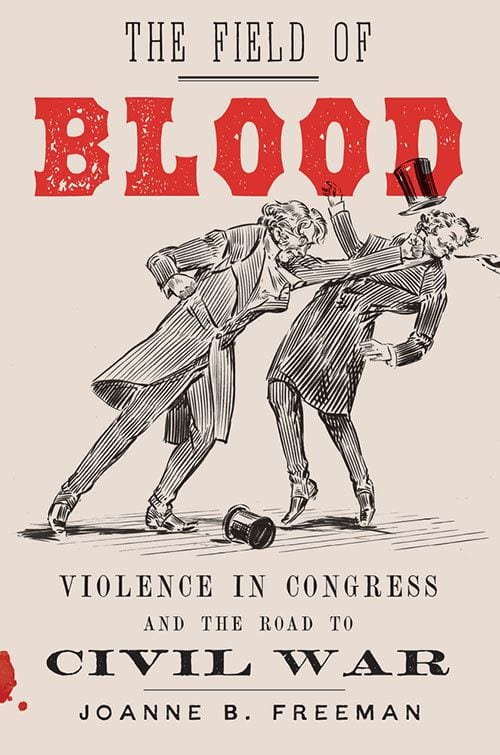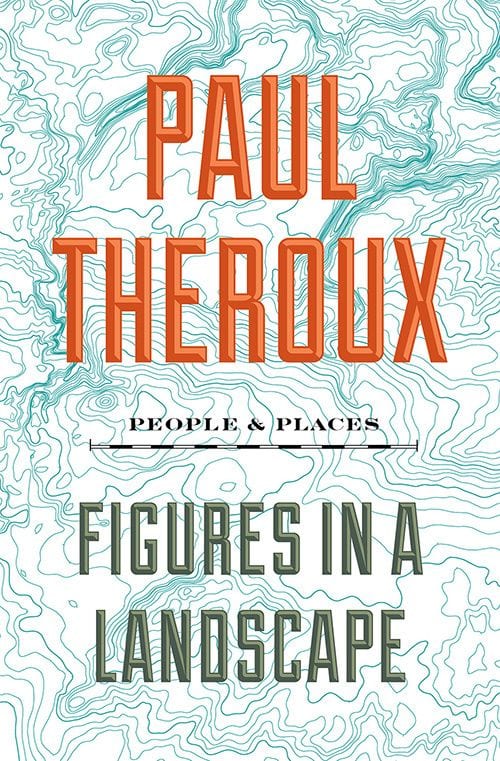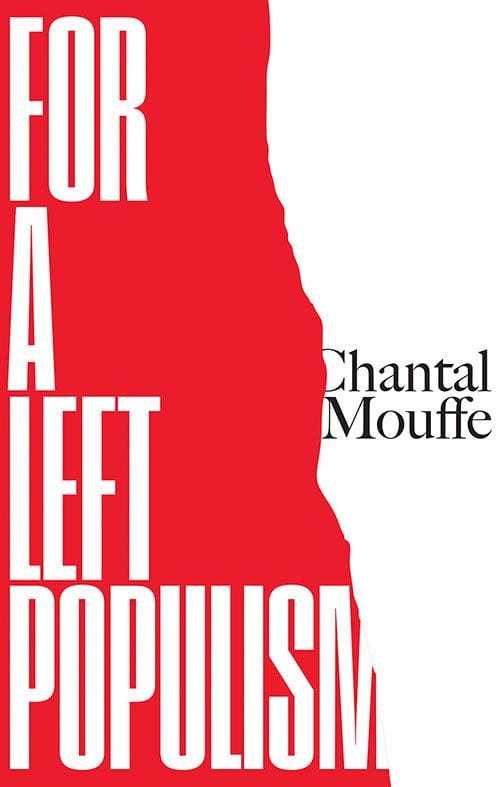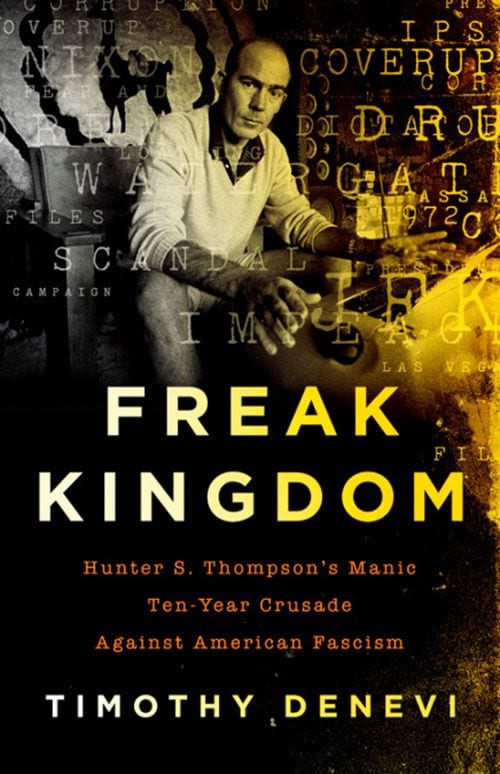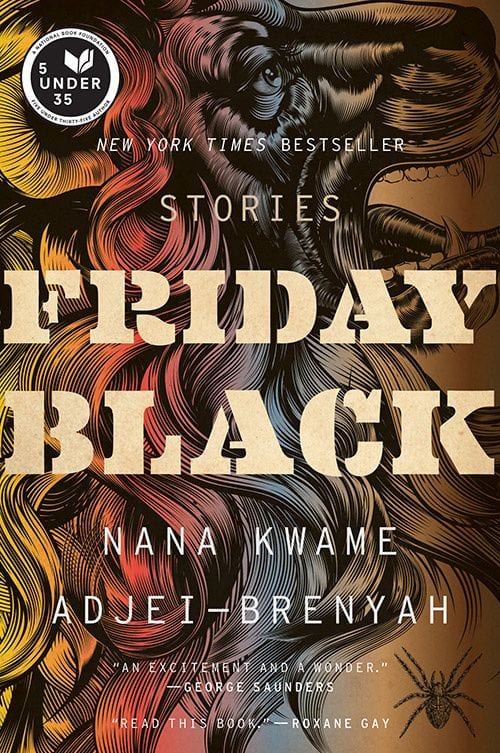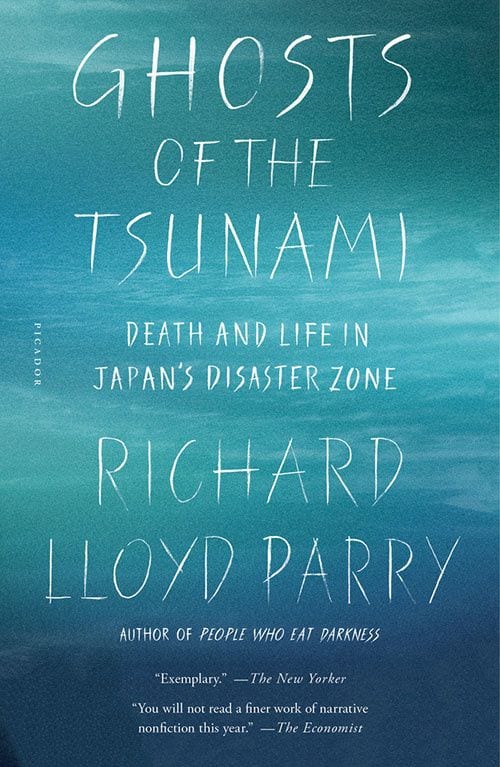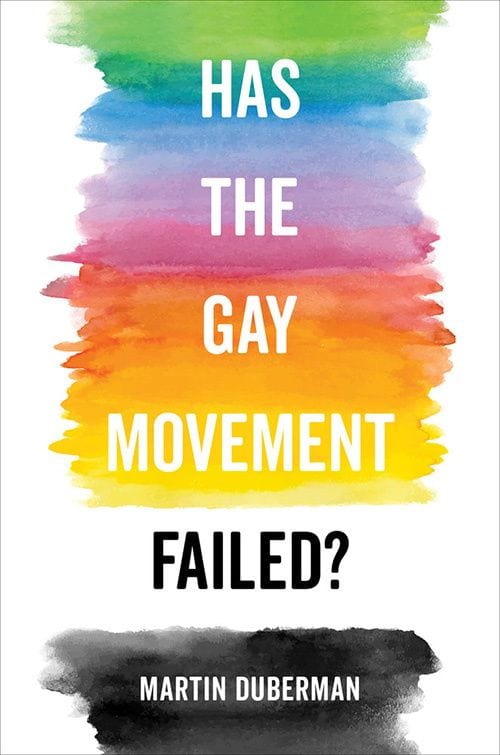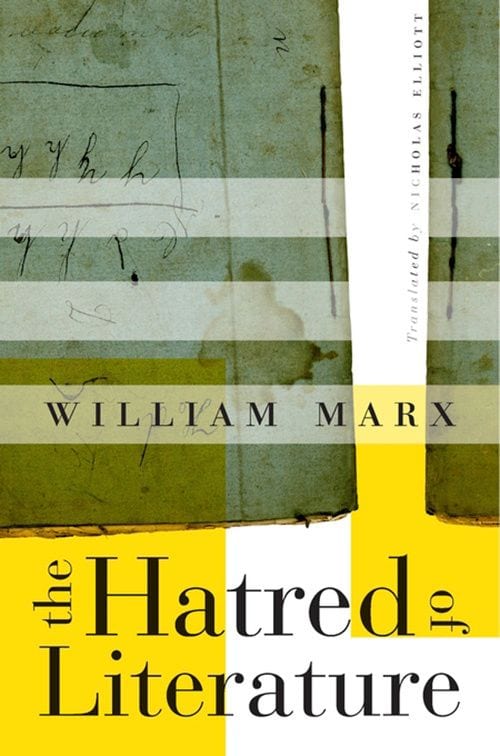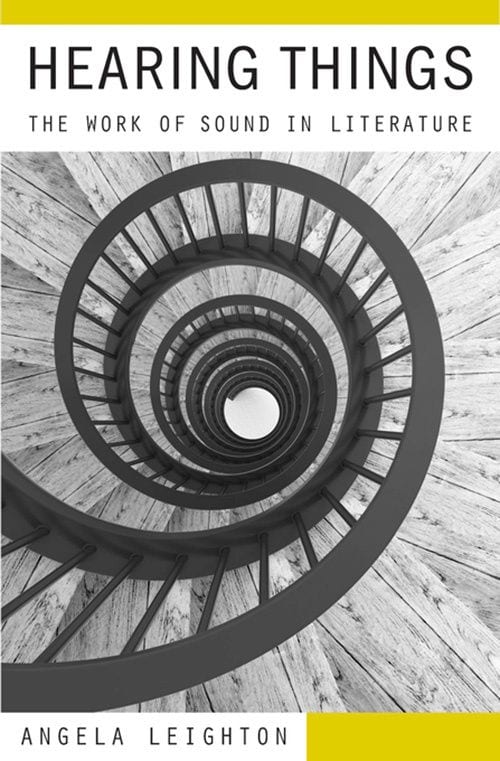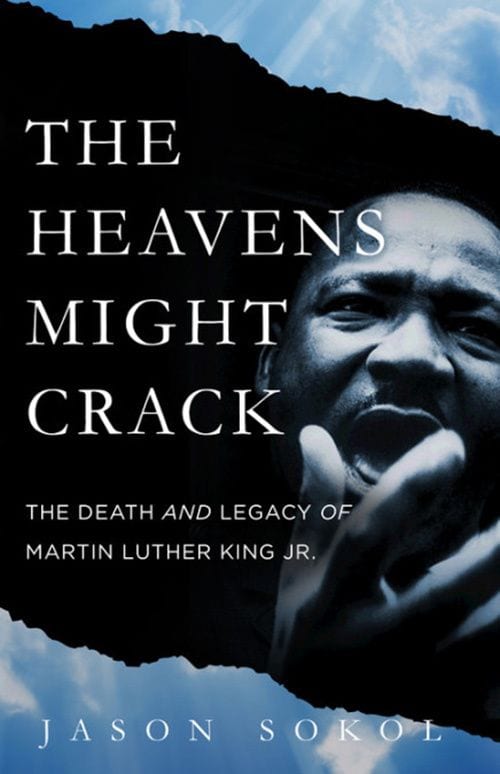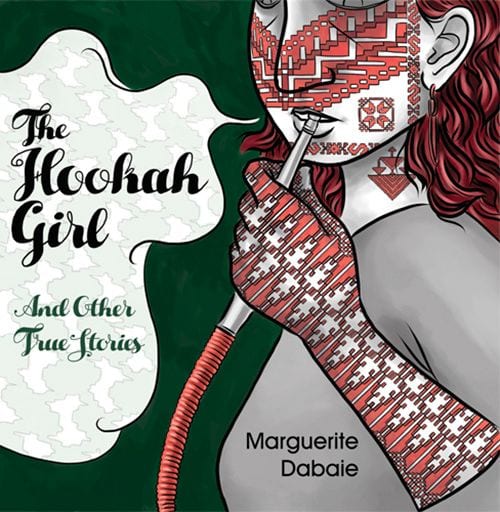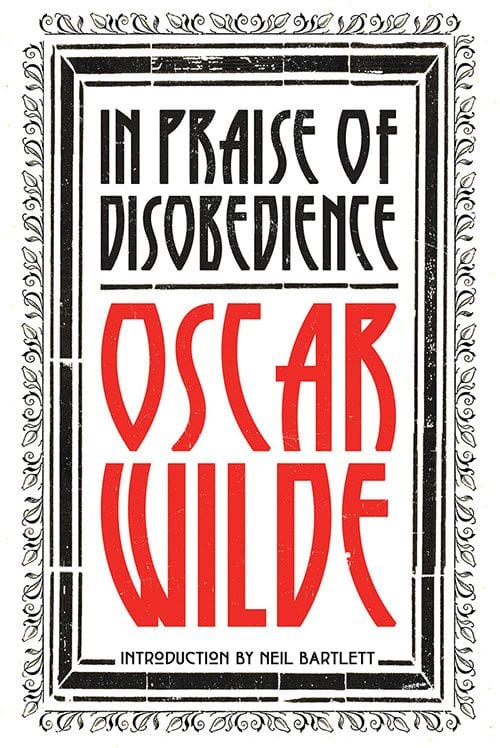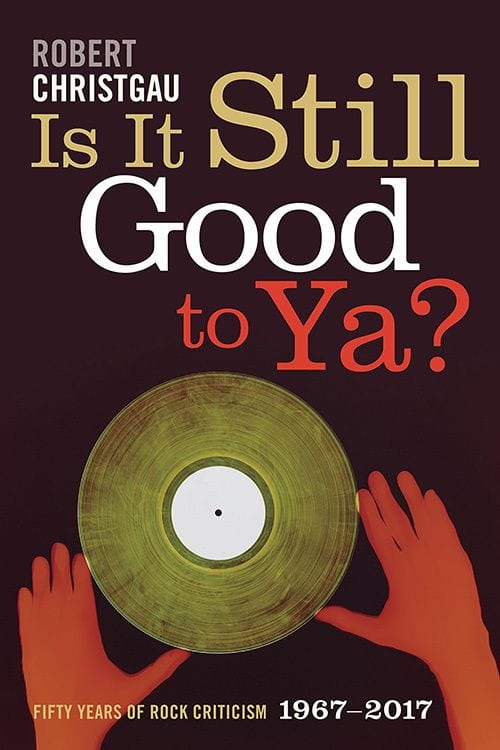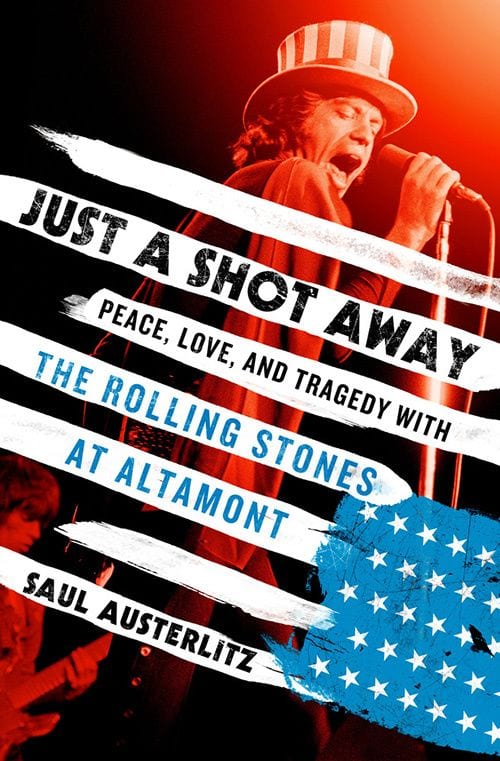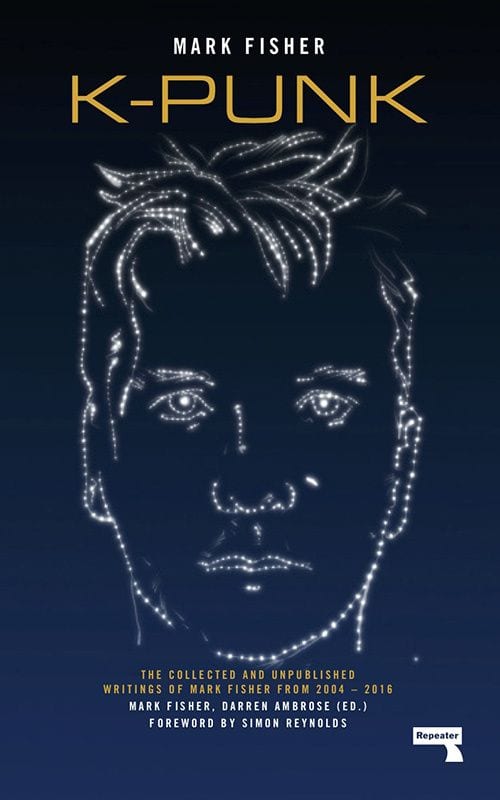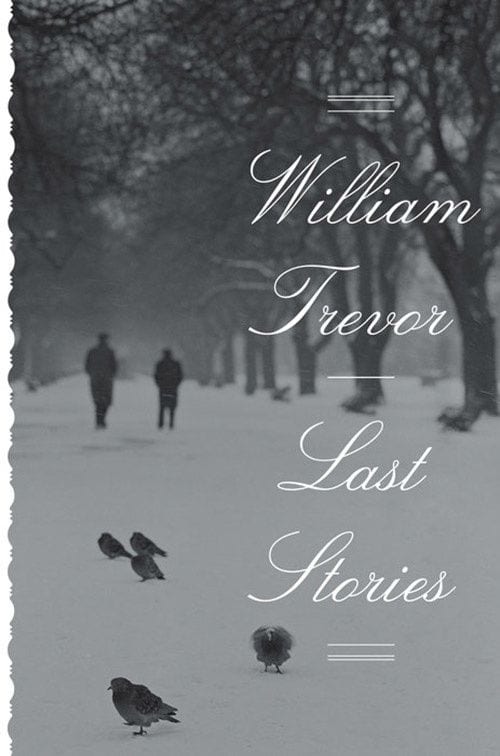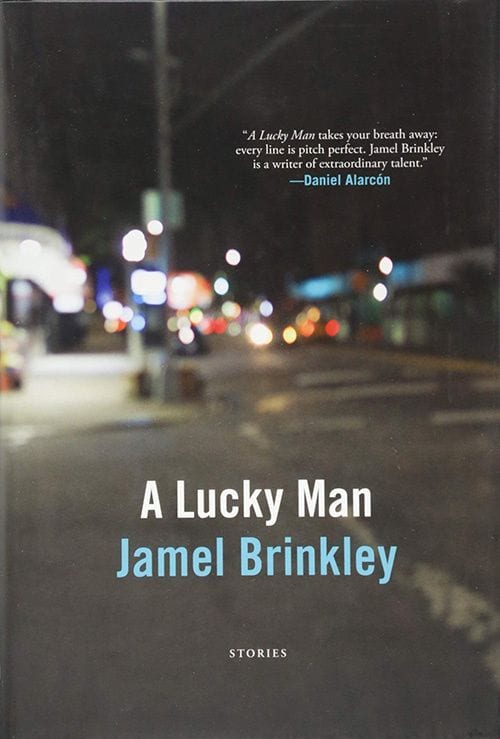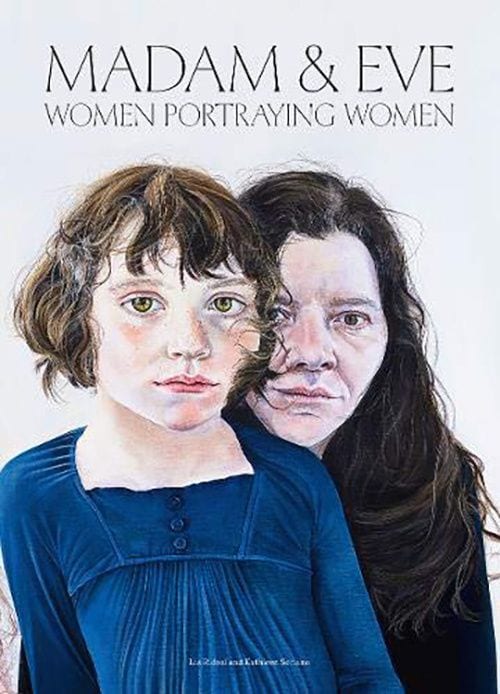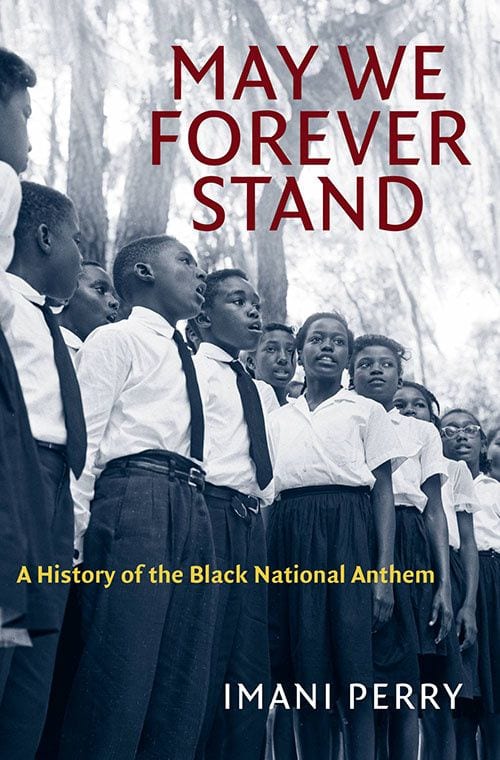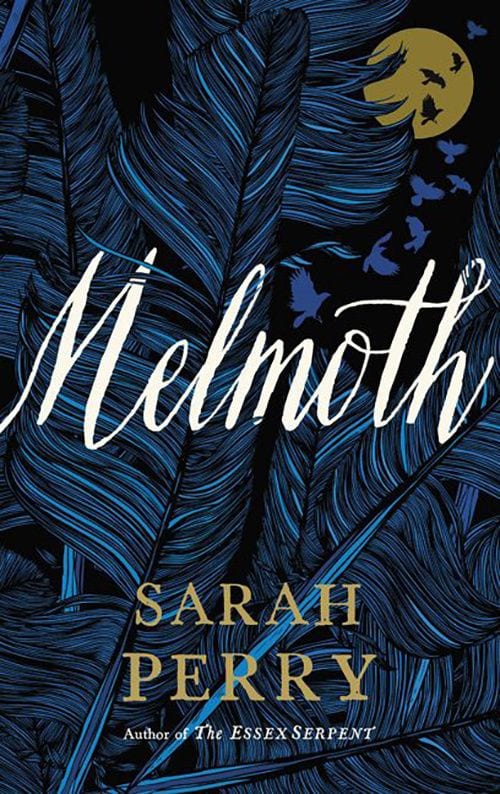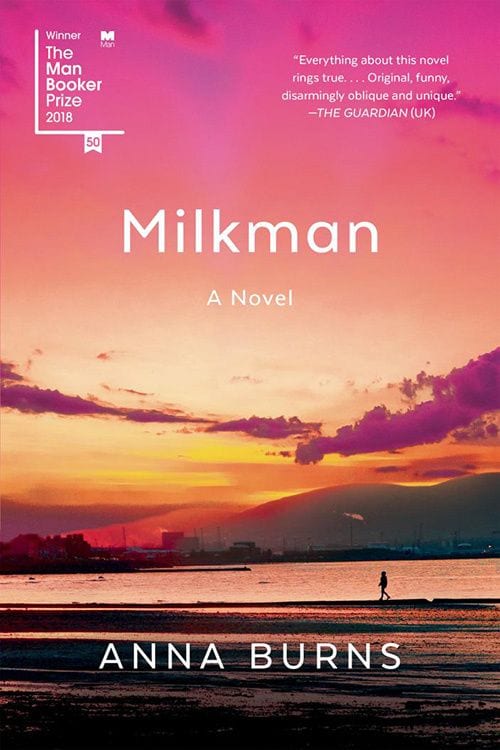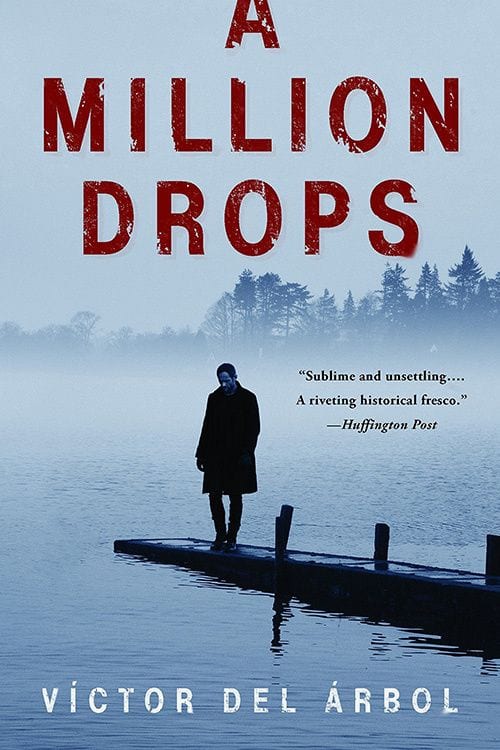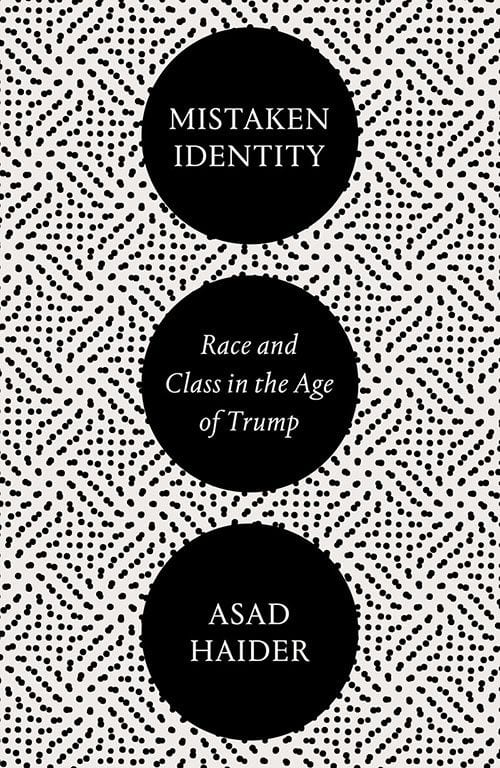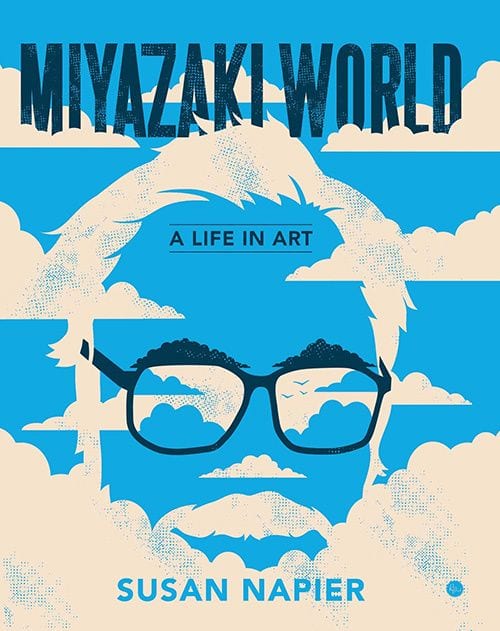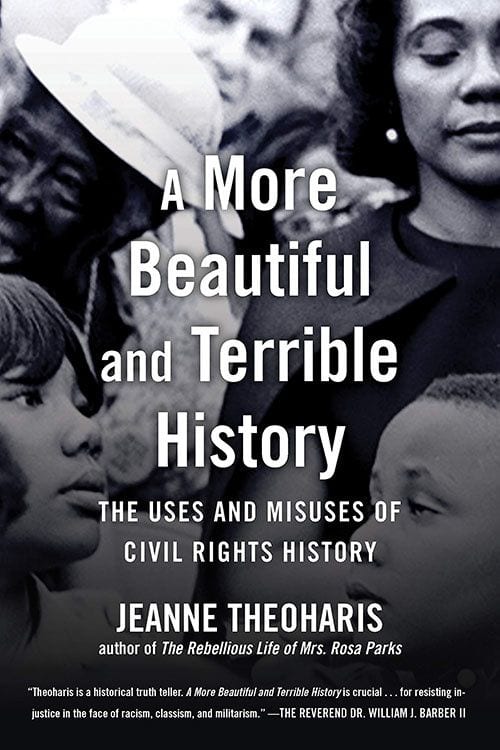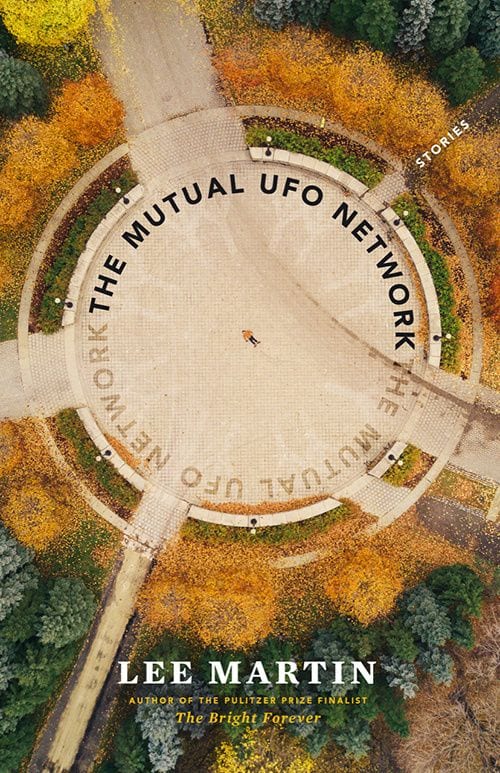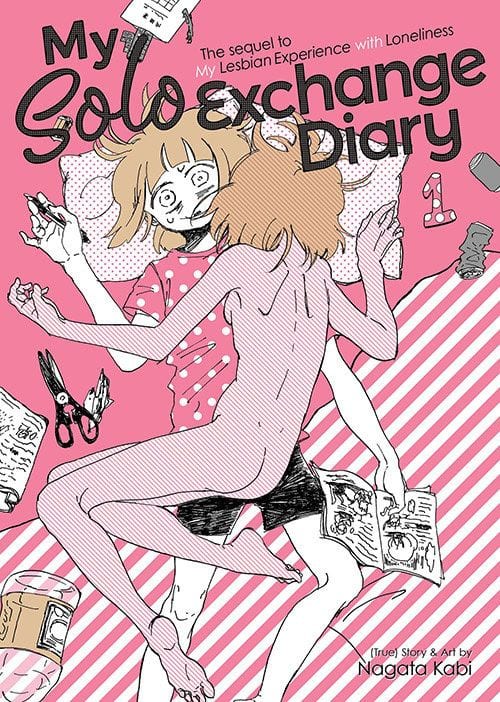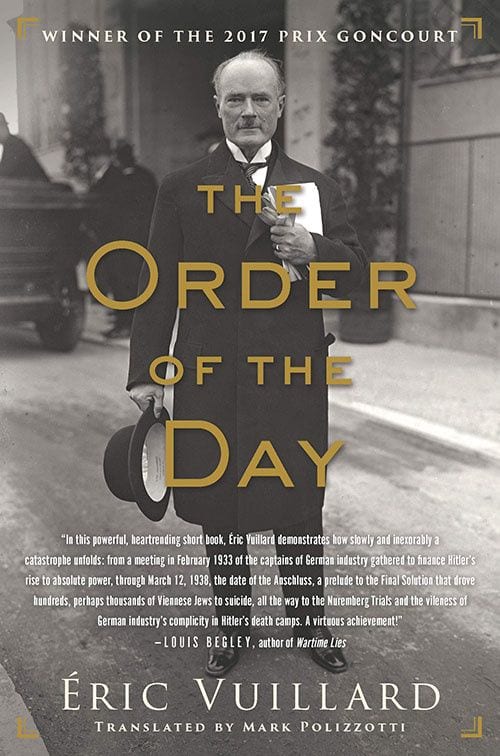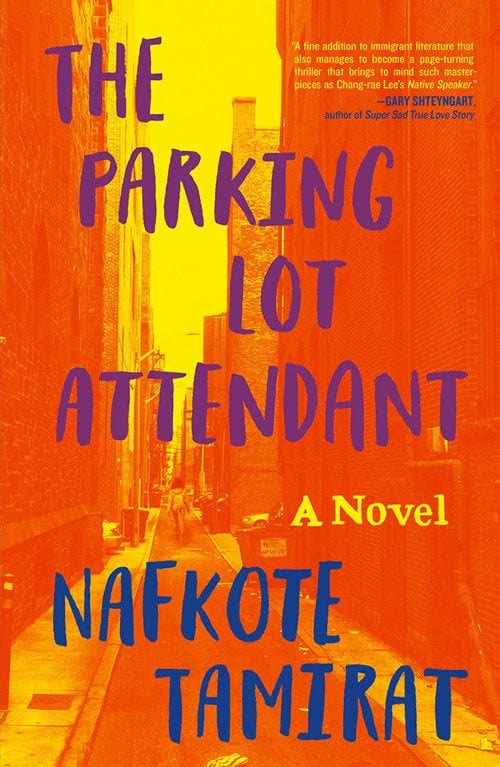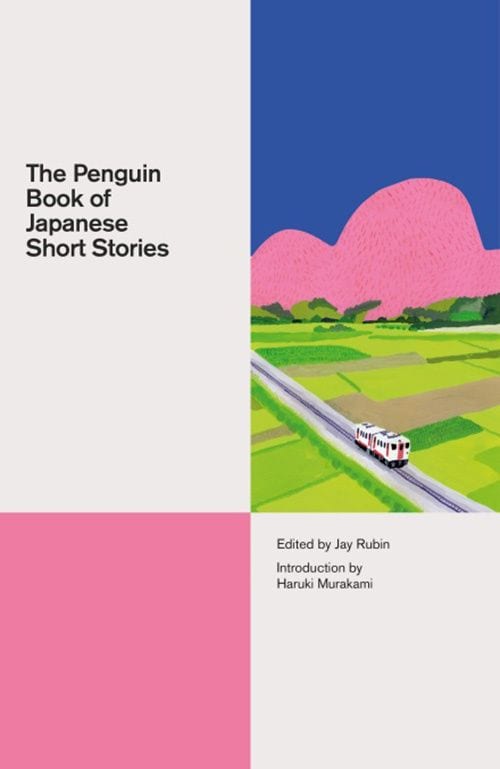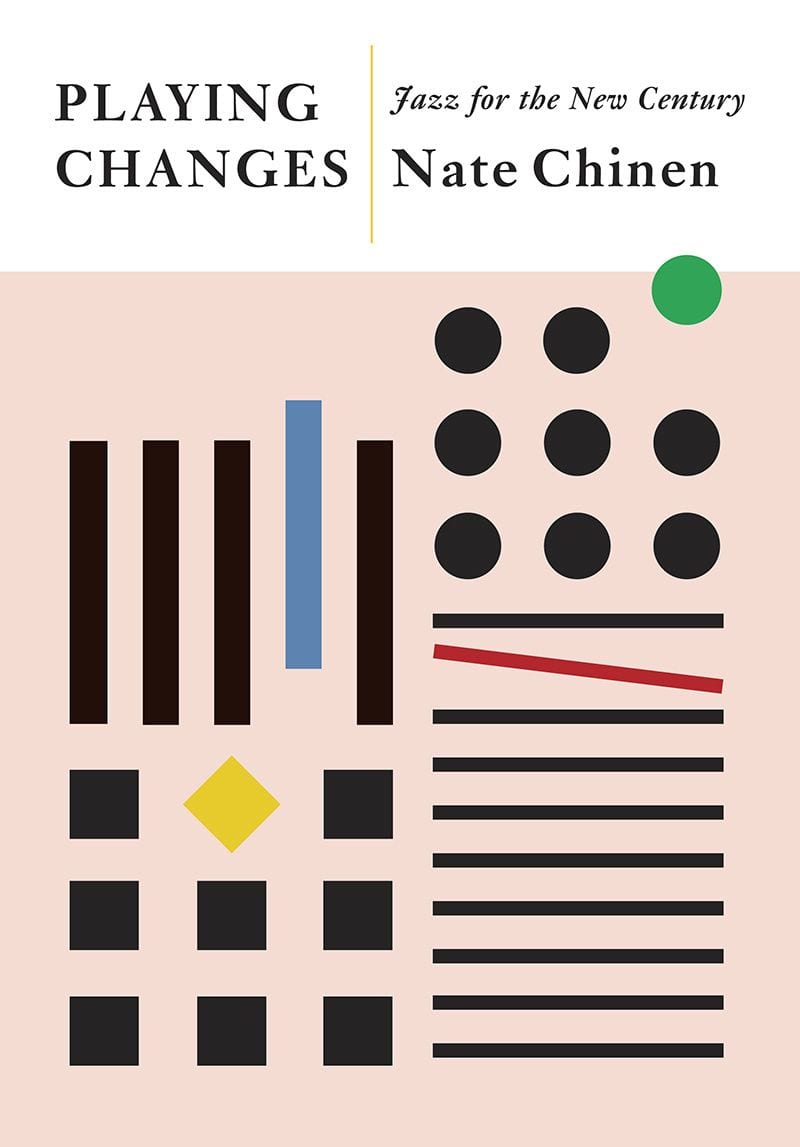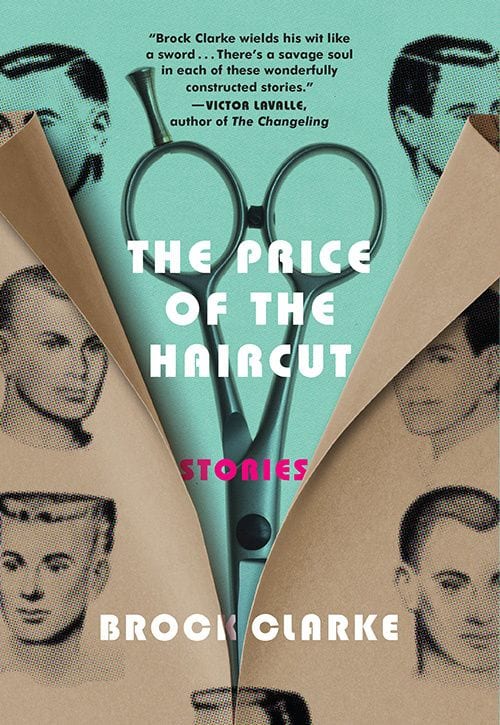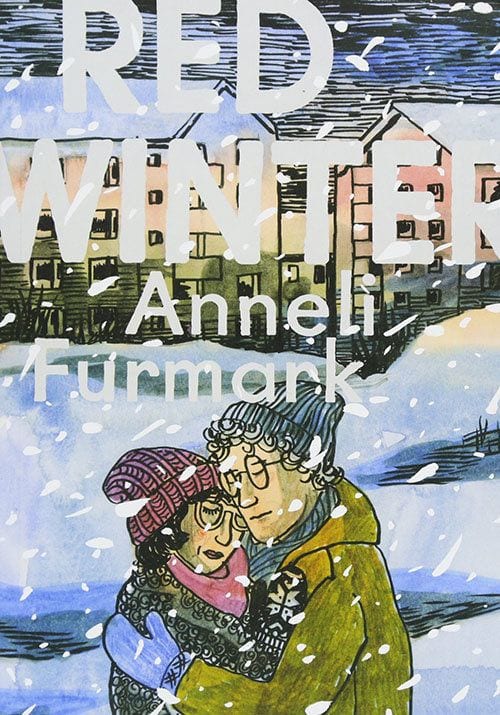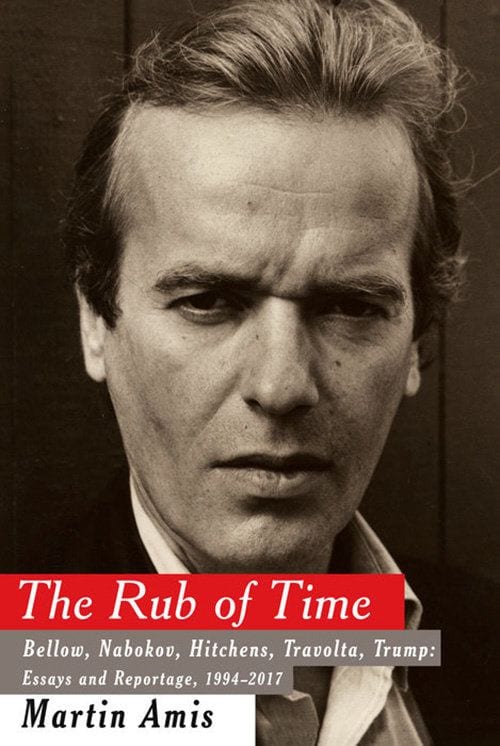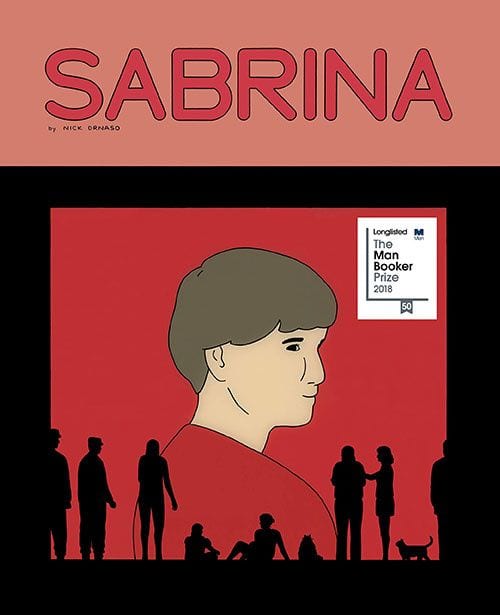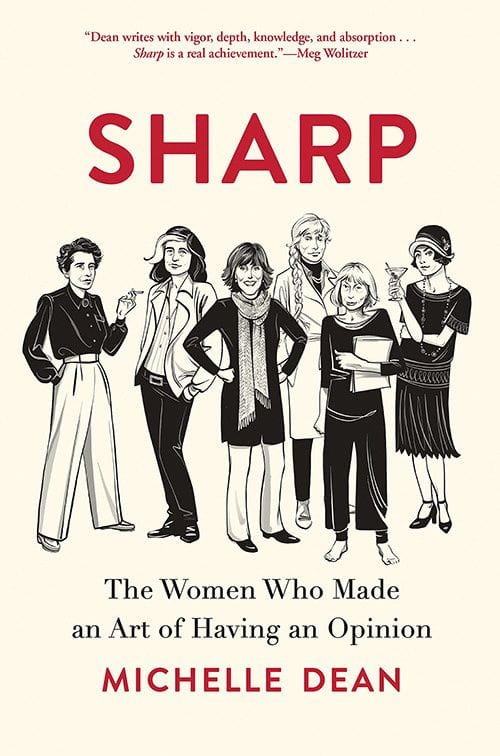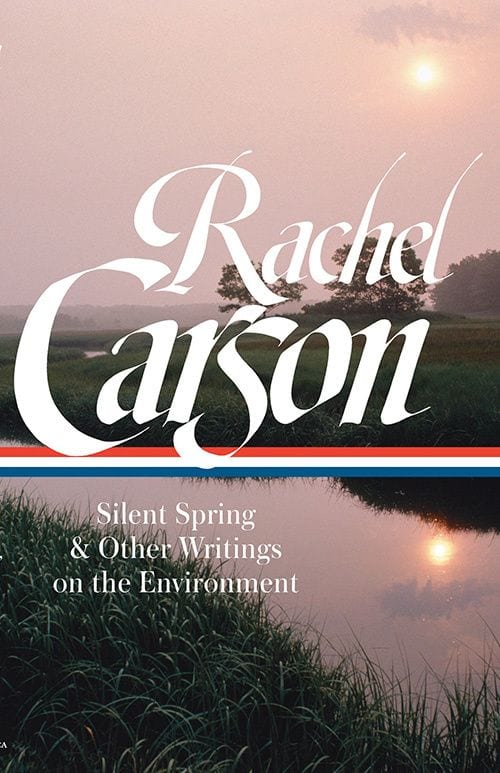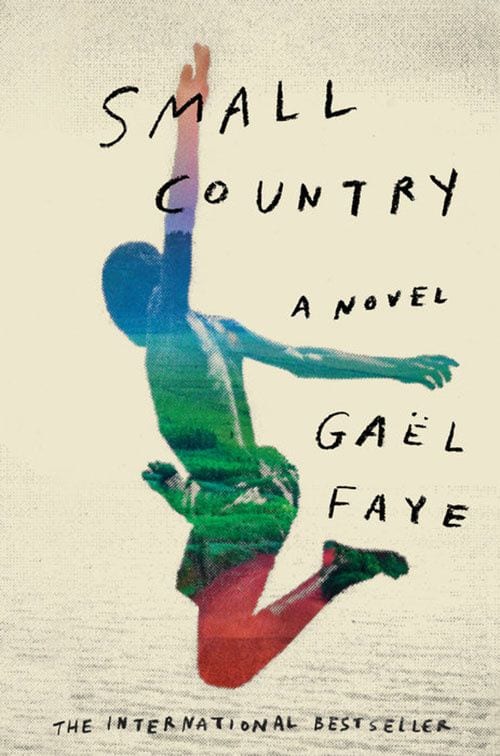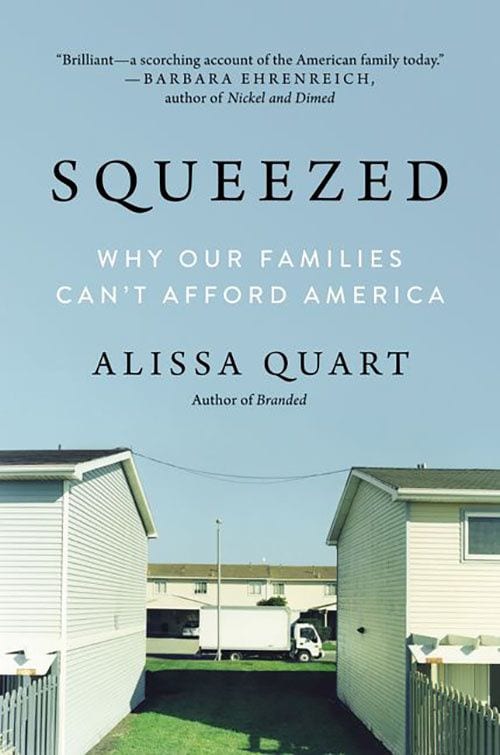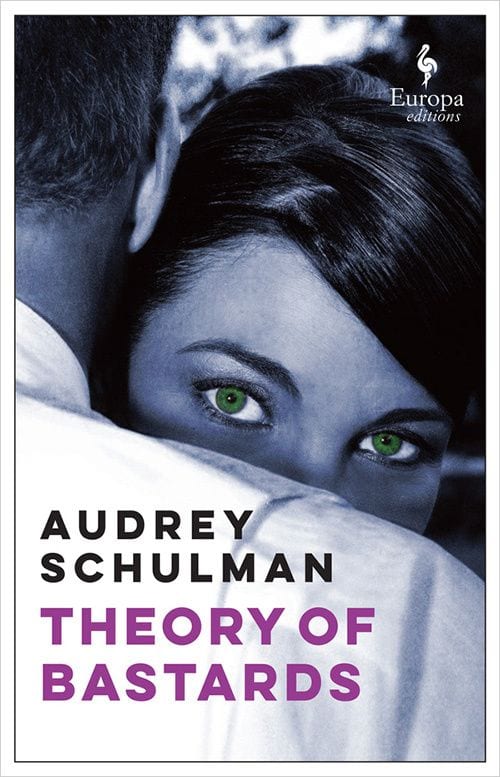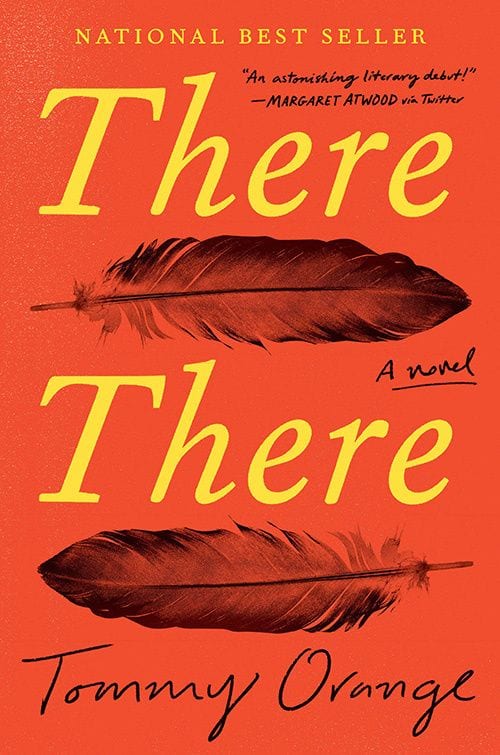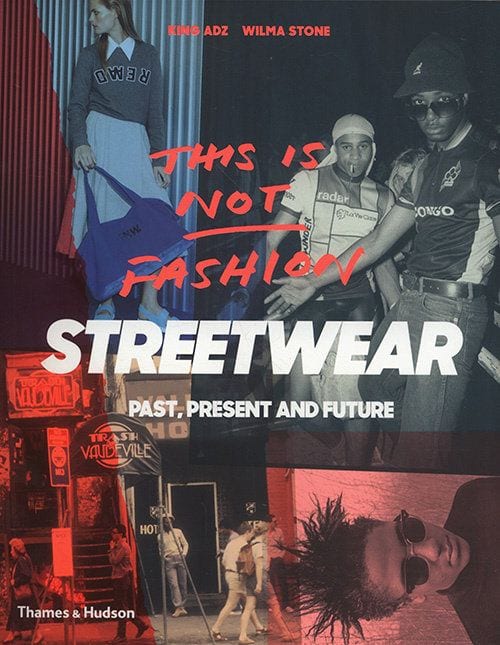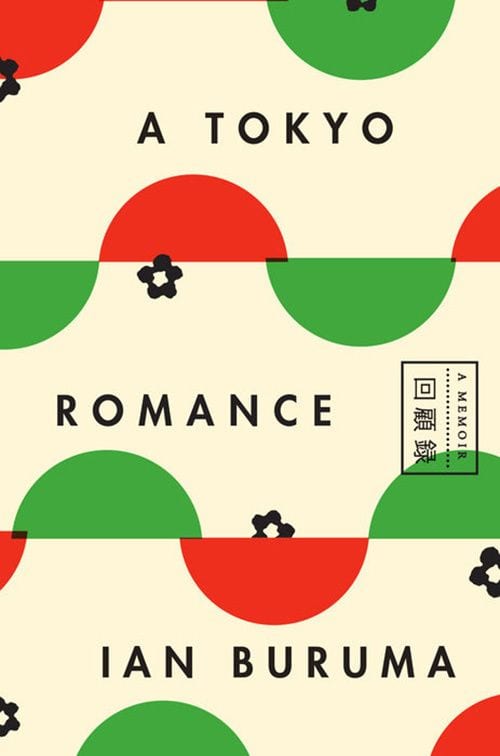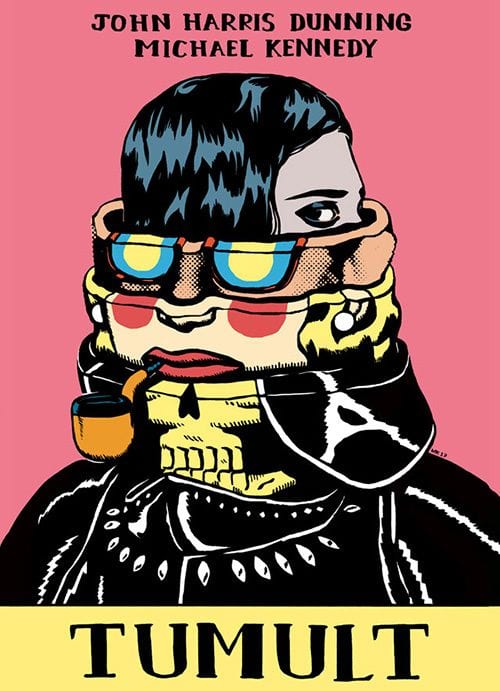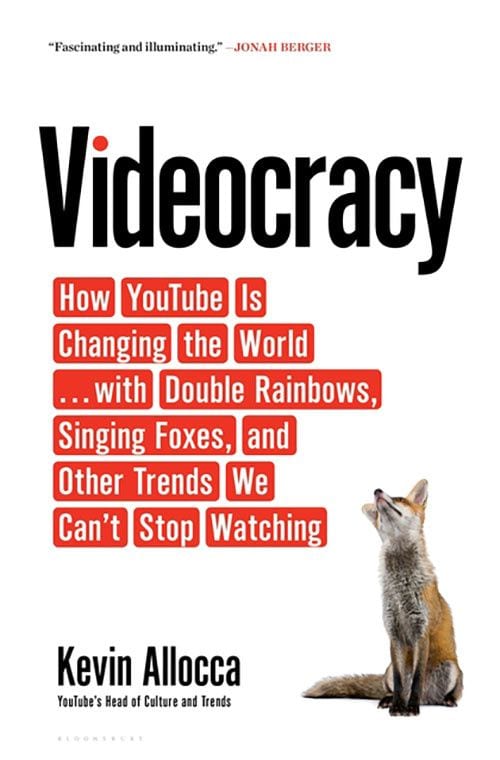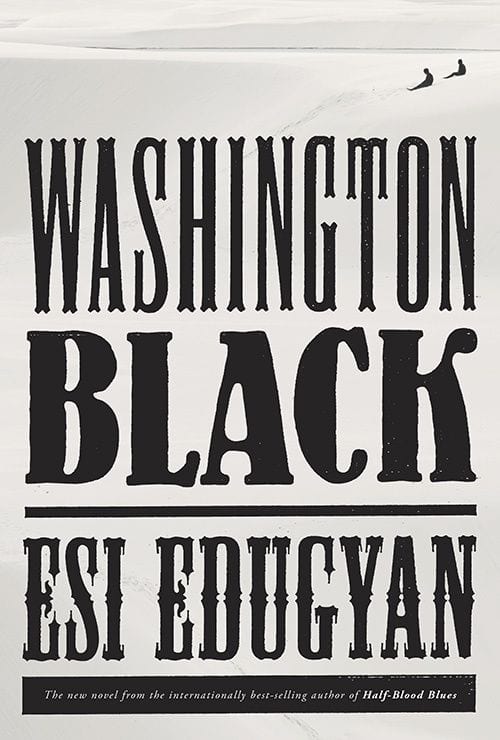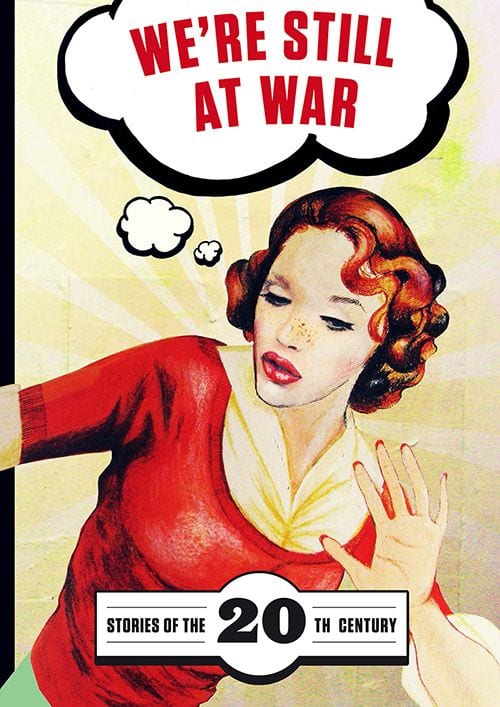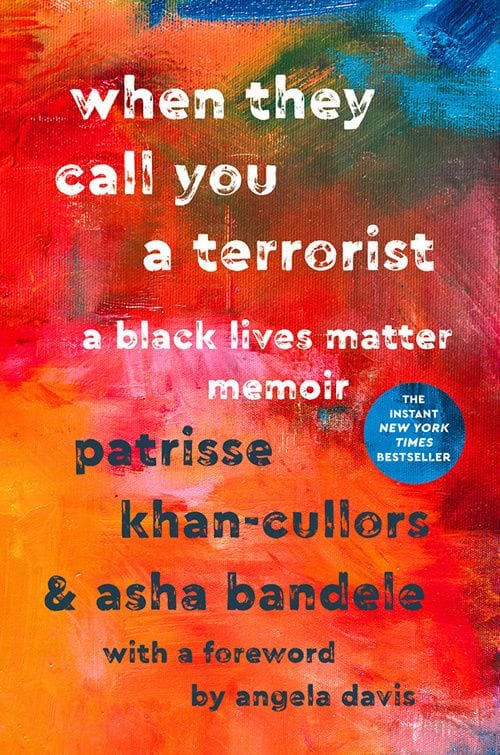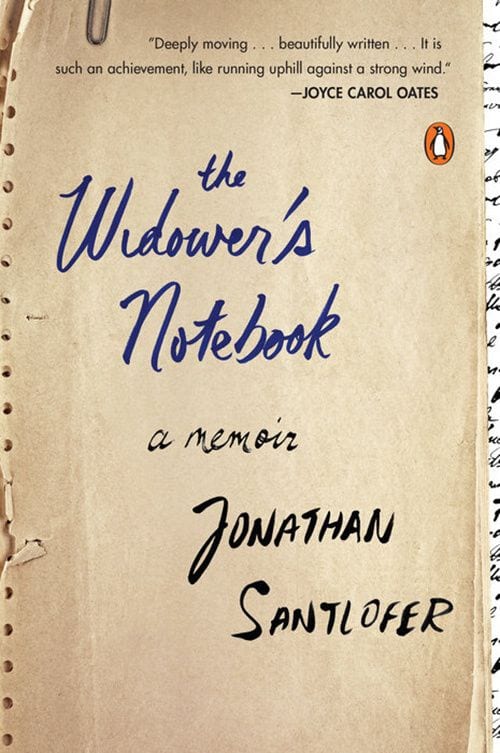Against Creativity, by Oli Mould
In his superb, thought-provoking study Against Creativity, human geographer Oli Mould takes aim at the contemporary cult of ‘creativity’. It’s not anything remotely ‘creative’ that’s actually being celebrated, he warns, but rather an effort by neoliberal capitalism to harness the creative fields in pursuit of profit, and to fragment collective forms of creativity and replace them with atomized, alienated individuals (the easier to exploit).
Is there no way to be truly creative? No form of creativity that hasn’t been co-opted? Mould offers hope: there is, but it consists of creating new ways to invent art and society that exist outside of the precaritizing, profit-seeking capitalist mold. It means producing art that is not in service to capitalist models of gentrification and profit-generation. It means re-thinking what is meant by the idea of a ‘creative person’ and recognizing the creativity inherent in so many bodies and ways-of-being-in the-world around us, enacted by people who are often ignored or marginalized. – Hans Rollmann
Read Hans Rollmann’s full review here.
Against Memoir, by Michelle Tea
Michelle Tea doesn’t yet have enough literary laurels to be recognized by the mainstream media, but she’s clearly not resting on what laurels she does have. The newer parts of Against Memoir show how she pushes herself and explores different avenues in her work. There’s a weird three pages on pigeons that reminds us she is still very much a poet.
This book is divided into three sections—art and music, love and queerness, writing and life—and yet obviously, everything Tea publishes is infused with these concepts. She knows herself. She reports on herself in a strangely accurate manner that should not necessarily fall easily into the category of memoir.
For her steadfastness, she will someday be rewarded. She’ll have got there not by selling out, but by winning the war of attrition—because attitude is a renewable resource. Some day, Tea is going to step in and fill the void: that very lonely captain’s chair on the constantly embattled and leaky mothership of queer feminism that one cannot sit in until all the badges have been collected. Against Memoir is one of those badges. – Megan Volpert
Read Megan Volpert’s full review here.
Algorithms of Oppression, by Safiya Umoja Noble
There’s nothing new about seeing danger and threat in new technologies, but never before have technologies advanced and proliferated so rapidly, nor has humanity’s future ever seemed quite so close to the edge. The past year has seen a number of books offer warnings about the technological paths down which our world is moving. Meanwhile, the societal honeymoon that blockchain technology and cryptocurrencies have enjoyed for the past few years is beginning to slow, and public opinion is starting to level a more critical gaze at the negative sides of these technologies.
Safiya Umoja Noble’s Algorithms of Oppression is probably the most important technology-related book to hit the shelves this year. Noble examines the racist biases of computer algorithms, the many ways they manifest online and the nefarious impacts they can have on everything from children’s self-image to crushing small independent black-owned businesses. She also ably disposes of prevailing myths about the objectivity of computers and technology: they reflect and refract all the biases of their predominantly white male programmers. Algorithms of Oppression is an incredibly important book that will ensure you never look at your Google searches the same way again. – Hans Rollmann
Read Hans Rollmann’s full review here.
All the Answers, by Michael Kupperberg
Most people are aware of Michael Kupperberg’s fanciful and frequently tongue-in-cheek art by way of the illustrations he’s done for everything from McSweeney’s to the New York Times Book Review and his animations for Saturday Night Live. In this graphic memoir, the Eisner Award-winning Kupperman opens up about his surprising family history. He tells both the story of his father, a brilliant but distant man who was a child prodigy on a radio quiz show during the ’40s, and his fraught attempts to get to know this highly reticent figure better.
Chiseling out details of his father’s story, from the anti-Semitism he faced but also the belief that he was serving as a symbol of positivity during the dark years of World War II, Kupperman discovers a greater understanding of the deep childhood trauma that kept the two of them from having a closer relationship. All the Answers is beautifully empathetic and vividly rendered. – Chris Barsanti
An American Marriage, by Tayari Jones
Tayari Jones’ An American Marriage is a contemplative character portrait revealing the destruction of an individual and his family. The novel illustrates the life of Roy, a young professional African American man wrongly convicted of rape. Celestial, a successful artist and his wife, professes her fidelity to Roy despite his incarceration. Eventually, she realizes she cannot live in stasis and issues divorce papers to Roy while he is incarcerated. Upon his release, Roy must learn to negotiate the anger caused by his wrongful imprisonment and the indignation resulting from the finality of his relationship with Celestial. Jones is careful with her character development as both characters are flawed and neither are victors.
Roy essentially loses 12 years of his life due to society’s inability to consider, nay, trust a black man’s truthfulness and testimony. His incarceration is a piercing critique of the prison-industrial complex and its part in shattering the African-American community. More so, Roy and Celestial’s personal and professional success is not enough to avoid systematic violence and racialized oppression. An American Marriage complicates their individual identities and relationship then deconstructs the characteristics of a modern marriage. Using first-person narrative developed through intimate letters exchanged between Roy and Celestial, Jones questions how intimacy and love can survive in a society determined to dehumanize. – Elisabeth Woronzoff
The Anguish of Thought, by Evelyne Grossman
If you’re a writer of literature with a basic working understanding of French theory—like, you can put together three coherent sentences about the main arguments of Derrida and Lacan—then definitely read Evelyne Grossman’s The Anguish of Thought. Finally translated into English (by Matthew Cripsey) a decade after its original publication, this book does what French scholars do infinitely better than we ever did it—and in the most challenging way possible. Here we have Derrida, Levinas, Lacan and Foucault applied by this renowned scholar of Artaud to Beckett and Blanchot with such shocking clarity that probably two or three dozen Ph.D. candidates across America should just lay down their pencils now before they embarrass themselves. – Megan Volpert
Read Megan Volpert’s full review here.
Apocalypse Darling, by Barrie Jean Borich
There’s a sweeping, gorgeous sense of urgency in these pages as Jean Borich reflects on the physical and psychic deterioration of lands and their people. We are the same. Rather than being hopeless and bitter, though, which this could have easily become, Apocalypse, Darling, is a stunning testament to the power of prayer and testimony to tell the tale and move on. There is no linear complacency here, no standard beginning, middle, and end, but it’s not replaced by chaos for the sake of art.
By the time it’s over, Apocalypse, Darling proves an admirable balance of doom and grace in a world where darkness seems eternal if we stop reading, stop searching, stop believing.
Read Christopher John Stephens’ full review here.
A&R Pioneers, by Brian Ward
Well before artists were their own entrepreneurs and entrepreneurs became rock stars, A&R (Artists and Repertoire) pros improvised a blueprint for the workings of the modern music industry. They could have been Managers, Directors, Vice-Presidents or Glorified Interns of it, but that part of their title was irrelevant. A&R said it all, even if it meant different things at different labels. One could deride them as gatekeepers, but they were often also facilitators, recognizing artists who, with the right help, could make some pretty good music. For many years, they were the ones responsible for turning that music into records, and those records into revenue.
Ward and Huber went deep into the historical weeds for A&R Pioneers, but the book doesn’t read that way at all — especially if you’re a music history nerd. The hundreds of performers cycling through this book, including many even music history nerds might not know much about, get credit for being something more than lowbrow savants who somehow managed to luck up and make history. They went after an opportunity, dealt with whatever was handed them (or not), and made it work. But somebody had to give them a shot in the first place, which is why this book fills a glaring gap in our appreciation of American pop music. – Mark Reynolds
Read Mark Reynolds’ full review here.
The Art of the Wasted Day, by Patricia Hampl
Patricia Hampl‘s The Art of the Wasted Day is a remarkable memoir of loss and renewal. Hampl understands from the start that being human, perpetuating humanity, comes with an obligation. In her prelude she introduces Montaigne, the “father” of the personal essay as we know it, even in those distant days sometime around 1535.
Montaigne mused and contemplated and wrote and played sweet music, but he confessed to a sluggishness that might have torn down a less stable man: “No one, he says, ‘could tear me from my sloth, not even to make me play.’ “For Hampl, Montaigne was less a skeptic than he was “the first modern daydreamer”, and she makes a good case for the importance of falling slowly into that waking space of dreams and consciousness. – Christopher John Stephens
Read Christopher John Stephens’ full review here.
Astral Weeks, by Ryan H. Walsh
In Ryan H. Walsh‘s remarkable Astral Weeks: A Secret History of 1968, Van Morrison is just one part in an enormous, challenging tapestry of characters and locations that changed the lives of those involved and those who followed. Walsh brilliantly and effectively balances every character in this narrative, and in less confident hands the results might have given the reader whiplash. Walsh understands there are many characters to consider but he maintains (to take another Van Morrison title) a “beautiful vision” from beginning to end.
This was the era of great academics like Noam Chomsky and Howard Zinn putting their careers on the line for the sake of protest. It was a swirling vortex of anger, class struggle, racial divisions, and ecstasy found through LSD, spiritual communes, the occult, and something in the music.
This book is a masterful end result of research, patience, and love for a time and sensibility sorely missing today. – Christopher John Stephens
Read Christopher John Stephens’ full review here.
Barracoon, by Zora Neale Hurston
Zora Neale Hurston’s Barracoon: The Story of the Last “Black Cargo” is a deft use of history to reveal contemporary oppression. Uncovered in the Howard University archives, Barracoon tells the story of Oluale Kossola, also known as Cudjo Lewis. Kossola was one of the then remaining survivors of the Clotilda, the last ship carrying kidnapped Africans to the United States, nearly fifty years after the supposed abolishing of slavery. Hurston uses Kossola’s narrative to write a scathing indictment of the slave narratives and histories fictionalizing slavery’s force.
With linguistic accuracy, Hurston expertly allows Kossola to convey the emotional indignities caused by enslavement and its contribution to his long-lived melancholy. Hurston is strategic in her portrayal of an authentic African-American identity. Barracoon makes clear that remembering individuals as merely slaves is akin to preserving subjugation. By focusing on Kossola’s life as a free-man, Barracoon: The Story of the Last “Black Cargo” illustrates the trauma associated with bondage but emphasizes the revelations gained from emancipation. – Elisabeth Woronzoff
Read Elisabeth Woronzoff’s full review here.
Berlin, by Jason Lutes
Jason Lutes attracted countless fans with the first two volumes of his acclaimed series Berlin, which follows the lives of a group of working-class Berliners during the inter-war period, through the rise of the Nazis, a wrecked economy and a society undergoing radical change. The series, which has taken 20 years to complete, underwent an extended hiatus for the past decade, but this year Lutes finally finished it. Is it any coincidence that his decision to complete the series corresponds with a period of fascist resurgence around the globe?
Lutes’ approach to history adopts multiple vantage points from everyday protagonists on the street, as opposed to depicting elites and their machinations for power. His primary sources are not the texts of the rich and powerful but everyday popular culture, which help him form a sense of what the period was like for those living through it. Rather than studying academic treatises on what life was like in Weimar Germany, or on the causes which led to the rise of the Nazis, Lutes immersed himself in the primary popular culture of the period. His aim was to produce a sense of what everyday life was like for the average German, and he succeeded beautifully. – Hans Rollmann
Read Hans Rollmann’s full review here.
Blanket, by Kara Thompson
Kara Thompson’s Blanket benefits from the intimacy of its subject matter. Blankets comfort or smother. Michael Jackson dangled his son (named Blanket) out of a hotel balcony window, much to the horror of onlookers. Blankets protect and infect. Blankets express and suppress.
Whether the first thing that comes to mind about blankets is Peanuts comic strip icon Linus Van Pelt’s blue security item, or the sublime meaning of the AIDS quilt and how it represents more than any political leaders would express in the ’80s, blankets have more meaning than just their thread count or fabric content. In sum: Blanket virtually covers it all. – Christopher John Stephens
Read Christopher John Stephens’ full review here.
The Boat People, by Sharon Bala
From trans writers to Indigenous struggles to anti-black racism, there’s a lot to be excited about in terms of the themes tackled by Canada’s emerging literary voices. One of the outstanding examples of this is Sharon Bala’s novel, The Boat People. Loosely inspired by actual events, it follows the experience a boat-load of Tamil refugees who arrive in British Columbia after fleeing the horrific violence of Sri Lanka’s civil war and Tamil genocide.
The book is unapologetic in its critique of Canada’s immigration system, alternating between the perspectives of the Tamil refugees, the immigration officers who must handle their cases and judge their eligibility for refugee status (are they terrorists? or refugees?), and the lawyers who struggle to represent the refugees. Bala deftly explores the psychology of each group, and the pressures which induce well-meaning immigration officers to succumb to racist, politicized rhetoric. This engaging novel provides a gripping narrative, and represents a remarkable debut effort for the author. – Hans Rollmann
Read Hans Rollmann’s full review here.
Born to be Posthumous, by Mark Dery
Mark Dery’s Born to be Posthumous has the exactly the same enthusiasms for gothic fun as its subject. Although Gorey’s work has justly gained international attention, the life of the man behind all the cross-hatched illustrations of very funny mayhem remains a shadowy figure to most readers. Dery’s beautifully written book will change that forever. Based on years of research and numerous interviews, Dery allows us to meet the young New York boho artist walking about in floor length fur coats who became the ageing aesthete creating his own very Gorey world at his 19th century home on Cape Code.
Dery’s here concerns his finally etched use of queer theory to talk about Gorey’s complex sexual identity. Free of the jargon that sometimes accompanies such an approach, he respectfully presents this very private man’s full personality. I hope readers will not only see Gorey waving at them from the shadows but that this book will urge them to look into Dery’s body of work, the marvelous essay collections that have been surgically examining American popular culture (and as he once put it, “not so popular culture”) for decades. – W. Scott Poole
Bring the War Home, by Kathleen Belew
In Bring the War Home, Kathleen Belew, a history professor at the University of Chicago, offers a convincing case for the claim that the “lone wolf” domestic terrorist, an all-too-familiar figure in the United States, is instead a product of a well-organized, decades-old, right-wing social movement that brings together “a wide array of groups and activists previously at odds”, including Klansmen, skinheads, neo-Nazis, militiamen, Christian identitarians, tax protesters, and white separatists. From the late ’70s onward across the US, white extremists built a vast underground movement.
Collectively, Belew deems them the “white power movement” who, as a group, “believe in a racial nation that would be transnational in scope… based on the belief that white people are the chosen people.” However, despite the pervasive belief among members that white men are constant victims in the post-civil rights United States, it’s not just racism and white supremacy that unites these groups. Rather, the common thread that connects them, Belew argues, is disillusionment with the federal government in the aftermath of the Vietnam War. – Keira Williams
Read Keira Williams’ full review here.
Circe, by Madeline Miller
Miller’s Circe is not exactly the entire Odyssey retold through a new point of view. The novel is indeed a response to the myth of Odysseus because, through Circe, we see the hero very differently. This is definitely Circe’s story — one that has had various conflicting versions over time — with the Odyssey as the backdrop, or the side-show. Mostly, she has been portrayed throughout art as a jealous, malignant witch who transforms others into monsters or animals through her potions.
Here, we get a somewhat different story of her growth into her powers as a witch or sorceress and her awareness of what they mean to her and others around her. As the plot advances, Circe’s frame of reference evolves due to her experiences with visitors from both the worlds of the gods and the mortals, her complex relationships with them, and the stories they share casually. – Jenny Bhatt
Read Jenny Bhatt’s full review here.
The Conspiracy Against the Human Race, by Thomas Ligotti
This reissue of Thomas Ligotti’s most frightening work about the ultimate terror, human existence, might be just what you need in these times. Horror, for Ligotti, not only resides in the precisely crafted supernatural tales he’s been writing for decades. Horror grows at the very heart of our existence, an existence marked by suffering and, with it, the awareness of death.
Readers will find themselves astonished at the extraordinary range of this book. Beginning by resurrecting an obscure Scandinavian philosopher, Peter Wessel Zapffe, Ligotti takes us on a tour of both philosophy and literature that manages to include Schopenhauer, Anne Radcliffe, Thomas De Quincy, H.P. Lovecraft, and Poe. This is no simple ornamental display of learning and range; Ligotti has insights into each of these figures that cut like a razor. He is absolutely unrelenting in his effort to push ideas to their logical conclusions. – W. Scott Poole
Read W. Scott Poole’s full review here.
Death in Ten Minutes, by Fern Riddell
Fern Riddell’s work of narrative history, Death in Ten Minutes: Kitty Marion: Activist, Arsonist Suffragette, explores the bone-deep radicalism of the British suffrage movement by evoking events largely lost to collective memory. At a moment when Americans are debating whether it’s ok to interrupt the dinner of fascists, Riddell has crafted a narrative of the Women’s Social and Political Union that reminds us that the struggle for women’s rights involved a violent and protracted campaign of arson and bombings.
Riddell places the struggle for suffrage against the backdrop of women who suffered sexual assault and economic deprivation that pushed them to seek liberation by any means necessary. While some readers might respond with head shaking and tongue clucking at the notion of violence in the service of social change, we’d do well to remember our selective memory about these things. On the American side of the pond, mobbing, tarring and feathering, and the destruction of properly have never been condemned in, say, the American Revolution. Readers intrigued by histories that historians seem to keep to themselves will learn something new on every page. – W. Scott Poole
Destroyer, by Victor LaValle
Victor LaValle’s comic series Destroyer appeared as a trade paperback in 2018. Although I first read the comics month to month, I’m jealous of readers who will get to experience the collection all at once. Lavalle is best known for his multi-award winning novel The Changeling, a book that takes horror and magical realism and makes them appear terrifyingly close, and completely intertwined, with the real political and personal struggles of everyday life.
The same dark alchemy brews in this graphic novel. LaValle makes Frankenstein’s monster genuinely terrifying again, a creature whose long exile on the ice floes has turned his hatred against humanity into a cauldron of uncontrollable and utterly murderous rage.
Lavalle, as in his previous work, dusts off the idea that politics are intensely personal. The story of the original monster collides with the monsters of our moment a modern America that still hasn’t concluded that black lives do indeed matter. The perfectly executed art of the great Dietrich Smith and Joana LaFuente completes this newest telling of a story two centuries old this year. – W. Scott Poole
Dreamers, by Snigdha Poonam
This book is a richly-detailed portrait of young India today, particularly millennials. Journalist Snigdha Poonam talks to seven young people (mostly men) about their dreams, their ambitions, and how they see their futures evolving in a country that’s both splintering and taking new shapes at the same time. But this is no rose-tinted view of an aspirational India. Poonam shows us how the politics of identity continues to be complex and divisive and how the powerful know just how to manipulate impressionable and aspirational young people like the ones here.
By 2020, more than 60 percent of India’s population will be below the age of 30. And the serious lack of skills and shortage of jobs continues to get worse even as these men and women grasp hungrily for money, fame, recognition, and more. In the absence of supporting socio-economic mechanisms to help them achieve their goals, they do whatever they must — scam, cheat, lie, fight, and more. Poonam’s journalistic narrative is sharp, vivid, and well-paced and leaves us both better-informed and more than slightly worried about the tensions and conflicts that trouble the world’s largest democracy. – Jenny Bhatt
The Electric Woman, by Tessa Fontaine
Things that are difficult to imagine: the deathwatch vigil for your own mother, whose tenacious will to live defies odds and expectations. A crash course in fire eating. Joining a circus sideshow shortly thereafter. Most difficult to imagine: doing these things simultaneously.
Who wouldn’t be awestruck by Tessa Fontaine, even before considering the extraordinary beauty of her prose? These stories wind together and circle around each other, not unlike the boa constrictor that she learned to love.
This book is an invitation to join Fontaine as she finds out about life and death through the most direct confrontations she can muster, in light of the one for which she has no choice.
Read Linda Levitt’s full review here.
Elements of Surprise, by Vera Tobin
In our daily lives, many of us are not too keen, even circumspect, about the sudden surprises we encounter. Yet, with the fictions we read/watch, as Vera Tobin points out in her recent book Elements of Surprise, we take pleasure in and gain satisfaction from narrative surprises.
Though the O. Henry style twist endings are no longer as popular as during his time, readers/audiences today still prefer narratives that adhere to the paradox of being inevitable (that is, a consequence of all that has gone on before) and yet unpredictable. Not cheap, formulaic plot tricks, mind you, but the “well-made” surprise.
With this book, Tobin takes a scientific approach to exploring this kind of surprise in fiction (of all genres.) Specifically, she looks at our cognitive limits and quirks that not only help make such surprises work effectively but also elicit a certain kind of pleasure and satisfaction when revealed, recognized, understood, and acknowledged. – Jenny Bhatt
Read Jenny Bhatt’s full review here.
The Field of Blood by Joanne B. Freeman
Yale historian Joanne B. Freeman’s book is an eye-opening, tragic, and often funny account of the culture of threats and outright fighting in the U.S. Congress, especially the House of Representatives, during the second third of the 19th century. While most scholars of the antebellum era highlight the caning of abolitionist Republican Senator Charles Sumner by a disgruntled South Carolina representative, in 1856, as a key moment in the sectional crisis preceding the Civil War, Freeman shows that the era of congressional violence started much earlier. It is, she argues, an essential, if mostly forgotten, aspect of the story of the Union’s unraveling.
Much of the book’s narrative focuses on New Hampshire’s Benjamin Brown French, whose appointments to various government posts in Washington gave him a unique vantage point from which to observe the taunts, insults, shoving, pistol-waving, and punching in Congress that were far from unusual as tensions between the North and the South escalated. French’s extensive diary details altercations that pitted hot-blooded southerners, intent on defending slavery at any cost, against mostly “noncombatant” northerners, who, over time, shed their reluctance to meet the abuses of the “Slave Power” with force.
Adding a fascinating new layer to our understanding of the coming of the Civil War, Freeman connects congressmen’s combative behavior to politically motivated bloodletting in places like Kansas and Harpers Ferry, Virginia, in the 1850s. Congressional violence both reflected and anticipated the increasing inability of northerners and southerners to bridge the chasm that existed over the issue of slavery. The Field of Blood is a wonderful, lively book, and in the context of our own era of intense political polarization, a sobering one. – Zachary Lechner
Figures in a Landscape, by Paul Theroux
Figures in a Landscape is Paul Theroux’s third collection of essays that have already appeared, from 2001-2016, in slightly different forms in various publications (The Washington Post, Harper’s Bazaar, The Guardian, The Smithsonian, New York Times Magazine, etc.) or as book introductions. With travel pieces, literary critiques, people profiles, and personal essays, the 30 pieces here cover a wide range of subjects and are, together, his most polished collection yet.
They give us everything we have come to expect from Theroux in his nonfiction: the attentive traveler’s sharp eye and canny ear for everything that goes on around him and, to a certain extent, what goes on in his mind as he engages fully with life and everything that comes at him.
Whether he’s being seriously earnest or ironically satirical, Theroux’s prose manages to hit just the right notes so that, at the end of any particular essay, even if we might not be in agreement, we want him to continue on. – Jenny Bhatt
Read Jenny Bhatt’s full review here.
For a Left Populism, by Chantal Mouffe
Chantal Mouffe’s Toward a Left Populism is written in the sort of dense, circuitous, theory-laden prose that would have Foucault himself reaching for a dictionary in confusion. That said, for the intellectuals who struggle through it, it just might be the most important intervention of the year in response to the rise of right-wing populism around the world (and it’s been a year with no shortage of interventions on the subject).
Mouffe challenges readers to reflect honestly and seriously about what’s good and what’s bad when it comes to populism. She concludes that it’s not all bad. Indeed, isn’t populism what democracy is all about? Her argument is that populism is simply a tool; a means to an end, and whether it’s virtuous or villainous depends on how it’s being used and toward what end.
Populism is a mass reaction against neoliberalism, and right now it’s being exploited by the right. If the left wants to put an end to that, it will require a rejection of neoliberalism and the development of a radical democratic agenda.
Mouffe explores what it might mean to start building a left populism, in order to save – and transform – democracy. If you can struggle through the convoluted and theory-heavy text, it’s a rewarding and thought-provoking journey. – Hans Rollmann
Read Hans Rollmann’s full review here.
Freak Kingdom by Timothy Denevi
In Freak Kingdom, Timothy Denevi gives a charmingly sensational account of Hunter S. Thompson’s life in order to prove his point that Thompson actually conducted himself as quite a serious anti-fascist. Denevi’s argument is Thompson became the gonzo character he was because it served his work—and actually, his work was not journalism, it was fighting fascism.
Journalism was a means to the end, as was the bad boy character he constructed for himself that gave him greater access to sources for his journalism. Without the bad boy, there’s no Hell’s Angels: A Strange and Terrible Saga. Without the Hell’s Angels book, there’s no steady Rolling Stone gig. Without the magazine footing the bill and enabling the antics, we wouldn’t have the Nixon chronicles.
Even those who want to credit Thompson with proper journalistic sensibility generally don’t make it past the beauty and glory of his bottomless efforts to dislodge Nixon, because it can be hard to locate the fascism that presidents have in common with biker gangs or with genteel crowds at the Kentucky Derby. Thompson, however, could see the similarities.
Read Megan Volpert’s full review here.
Friday Black, by Nana Kwame Adjei-Brenyah
This is one of the sharpest debut short story collections of the year. Dealing with themes such as racism, capitalism, consumerism, and a lot more, Adjei-Brenyah takes us to the edges of darkly reflective pools where we can see our worlds starkly and uncompromisingly.
Each story here is uniquely told — whether it’s social realism or absurd surrealism or speculative fiction. And each one fine-tunes our usual perceptions of justice, love, apathy, spirituality, truth, and more. The many voices and characters show his immense range and the promise of so much more to look forward to. This is what a debut should do. The opening story is the most unforgettable, both for its violent realities — as if taken straight from present-day headlines — and for the stunning ending. – Jenny Bhatt
Ghosts of the Tsunami, by Richard Lloyd Parry
When it comes to outstanding journalistic narrative, Richard Lloyd Parry has few rivals. His In the Time of Madness (2005) presented a remarkable portrayal of political and social change in Indonesia at the end of the Suharto era, and his People Who Eat Darkness (2011) presented the more focused exploration of a heinous murder in Japan. Ghosts of the Tsunami is his latest offering, and it’s one of the most absorbing English-language books on the tragic 2011 earthquake and tsunami to appear yet.
Parry’s narrative focuses on ferreting out what happened in the case of Okawa Elementary School, where a bungled evacuation resulted in the deaths of most of the students and teachers, but the text offers much more. From unbelievable first-person accounts of surviving the tsunami to the more complex, and fascinating, efforts of individuals and communities to deal with the trauma of the experience (through methods ranging from erecting monuments to exorcism), Parry’s account is sensitive, rigorous, and absolutely impossible to put down. – Hans Rollmann
Read Hans Rollmann’s full review here.
Has the Gay Movement Failed?by Martin Duberman
Martin Duberman’s book is an urgent and much-needed clarion call for the ‘gay movement’ to reinvent itself for the 21st century. He covers enormous ground for a relatively short and broadly accessible book. Most urgent, perhaps, is his warning of what might happen if the ‘gay movement’ fails to revitalize itself, and instead allows the elitist complacency of its national organizations to hold sway.
Duberman’s argument is not so much that the gay movement has failed, as that it needs to re-focus and set its sights on a more radical agenda, particularly one that attends to the needs of poor and marginalized queer folk, which is to say the majority. Insofar as the most visible national LGBTQ organizations have pursued an almost desperately centrist agenda (even to the point of backing Republican candidates in recent elections), some might consider this a call to return to the movement’s roots, but Duberman is quite sober in his analysis of the ways that societal attitudes have changed since the ’60s, and that a re-radicalization of the movement cannot simply aim to replicate the activism of those decades. – Hans Rollmannh
Read Hans Rollmann’s full review here.
The Hatred of Literature by William Marx
Those who come to this book seeking validation of their negativity towards the written word will be sorely disappointed. Rather than examine a particular antipathy towards a specific form, William Marx examines how the fear of ideas inherent in all literary forms, be it Plato through C.P. Snow, has served only to build up a hatred of the form in general. We hate what we fear, and we reach that state of apprehension because it comfortably serves our immediate interests.
Willful ignorance has always been a more comfortable and popular state than that of an academic, than the life of a pilgrim on a quest for the truth. We have always hated literature while at the same time we hold it at a safe distance. Confuse this hatred of literature with illiteracy and the picture gets hazy. – Christopher John Stephens
Read Christopher John Stephens’ full review here.
Hearing Things, by Angela Leighton
Angela Leighton’s main thesis is that all writing and reading has always been done with our ears and that “… written words make noises as well as shapes, calling on the ear like an after-effect of being seen and understood.” Hence, she focuses on particular works by literary writers and poets who consider sound and rhythm critical in their writing — whether it’s the immediate sounds of the words on the page, or the sounds the writer has in his/her head from other texts or physical surroundings while writing, or the sounds the characters in a story hear/make, or the sounds the reader picks up in the process of reading from both his/her own memory and the surrounding world.
Leighton weaves her theories beautifully — introducing and connecting each point carefully with multiple well-known examples and supporting arguments and counter-arguments. Sometimes, the web gets confusingly dense but she soon pulls it all back together again with a smooth summary. Her sensitivity to and awareness of sound come through in her own language too. This is one of those rare books where we find ourselves changing our approach to how we read even as we’re reading. – Jenny Bhatt
Read Jenny Bhatt’s full review here.
The Heavens Might Crack, by Jason Sokol
How do Americans see Martin Luther King 50 years after his death? How should we see him? Sokol effectively manages to bring us through to the here and now, to the election of President Barack Obama and the death of scores of unarmed African-Americans at the hands of police. Sokol clearly notes the connection between the reception of the Black Lives Matter movement in some areas and the struggle (to this day) to define all aspects of King’s life and times
In our time of increasing sense of divisiveness through race, economic disparities, and the looming specter of war anywhere and everywhere as a means of distraction, Sokol’s The Heavens Might Crack should serve as a critical reminder of what Americans are capable of. This work is an important addition to an already impressive library of civil rights narratives and Martin Luther King biographies. King was a monolith of a man in his time and remains so today, but he was also a rebel, a necessary disrupter, a thorn in the feet of all who stood in his way, and any reminder of that should help us deal with the dark times ahead. – Christopher John Stephens
Read Christopher John Stephens’s full review here.
The Hookah Girl, by Marguerite Dabaie
No, The Hookah Girl is not a graphic novel about smoking hash in hookah bars and hooking up with “exotic” belly dancers. It’s an intentionally scattered memoir in comic strip form of a childhood and young adulthood navigating the cultural hazards of growing up Palestinian in the US. Dabaie lovingly documents aspects of her family that feel peculiar to her while growing up in a larger US culture: speaking in an unnecessarily loud voice, mispronouncing letters, overstocking nuts and seeds, pointing with your head and eyebrows, eating grape leaves—a favorite food to be hidden from your non-Palestinian school friends.
Dabiaie critiques mainstream US culture too—noting without naming her that Gal Godot, an Israeli actress who served in the military and supported the 2014 war in the Gaza Strip that left 2,000 Palestinians dead, plays a feminist goddess fighting to end war. Yes, Dabaie is dissing Wonder Woman—as well as a half dozen other beloved US films that portray Arabs as nonsensical cartoon villains. While gently provocative, The Hookah Girl is primarily entertaining, a brief but engaging glimpse inside one artist’s dizzying life experiences. – Chris Gavaler
Read Chris Gavaler’s full review here.
I Am Dynamite!, by Sue Prideaux
To say something new about Friedrich Nietzsche is quite a task. Sue Prideaux’s I Am Dynamite!: A Life of Nietzsche succeeds where many have failed. The title itself speaks to the twins problems of the task. She constructs “a life”, because this man’s philosophical thinking hinged always on the admission of “perhaps”, meaning that nothing arrives as the level of the definitive and also that any kind of arrivals must still necessarily remain open-ended. Hers is but one version of an extremely twisted and mystical story, yet it is, for all those caveats, one of the best attempts. This is in large part due to Prideaux’s willingness to throw dynamite into the bullet points.
So much of the biographical or philosophical work on Nietzsche is bone dry and dull, even when it makes impactful arguments that are meant to upend all manner of previous assumptions. Prideaux’s I Am Dynamite! wins the day because it’s written in a style that eerily parallels that of Nietzsche himself. The writing is poetic and spirited, zigzagging amongst quotations and paraphrasing and editorializing with astonishing alacrity for such a frequently bleak subject. She can go tit for tat on ornate and romantic syntax to set the scene and sweep across Nietzsche’s best hopes for himself, then turn around and decimate the results with a brisk humor and aphoristic finality. – Megan Volpert
Read Megan Volpert’s full review here.
Imagine John Yoko, by John Lennon and Yoko Ono
Imagine John Yoko is a lovingly curated coffee table book about the roots of the album, Imagine (Apple Records, 1971), the art created within the world they’d created in and around their Tittenhurst estate. This was the pre-Dakota Building New York City John and Yoko, the couple between the sonic wall of “Instant Karma”, the primal screams of “Mother”, and the radicalism of “Power to the People”. In short, that song was probably the calm before the storm. This book covers the roots of the song, album, film, merchandising, and philosophy behind “Imagine”.
The tragically interrupted life and times of John Lennon is matched in its power by the resilience and audacious optimism of Yoko Ono. From the sexism she faced in her pre-Lennon life as an avante-garde performance artist, through the racism she faced once she met and connected with Lennon, to accusations of her being a “professional widow” after his December 1980 murder, Ono has steadfastly and respectfully maintained Lennon’s legacy while defining more avenues where she’s taken her art in the nearly four ensuing decades.
If anything should be taken from this book, it’s that “Imagine” — the song and everything behind its creation — was a truly collaborative effort. – Christopher John Stephens
Read Christopher John Stephens’ full review here
In Praise of Disobedience, by Oscar Wilde
“Disobedience…is man’s original virtue,” wrote Oscar Wilde in his 1891 essay. “In Praise of Disobedience”. “It is through disobedience that progress has been made, through disobedience and through rebellion.” That essay, along with “The Soul of Man Under Socialism” (his critique of how private property and the profit motive are crushing true individualism) constitute two of the iconic Irish playwright’s most strident calls to political action. The book collects much of Wilde’s political essays, from his calls for socialist rebellion to his thoughts on the role of art criticism in society.
Wilde is undergoing a bit of a renascence in recent years: a new collection of his annotated prison writings was also published this year, and that book’s editor Nicholas Frankel also published in 2017 a new biography of Wilde in his final years. This renewed interest in Wilde is well-deserved. His calls for socialism and economic justice, his disdain for soul-crushing bureaucracy and societal regulation, his provocative thoughts on the virtues of lying, all speak to the needs of our contemporary age with even greater resonance, perhaps, than they did to his peers in the previous century.
Verso’s collection of Wilde’s political writings offers a thought-provoking feast for both novices and experienced Wildeans alike. – Hans Rollmann
Read Hans Rollmann’s full review here.
Is It Still Good to Ya?, by Robert Christgau
Everyone who thinks and writes about pop music with a critical ear — whether they produce 100-word blurbs or 3,000-word opuses, whether they write for established media brands or self-publish online, whether they’re paid in all the promo copies they can stand or receive some amount of actual cash — owes a debt to Robert Christgau. He’s the rare critic who can write insightfully and passionately about a sweaty performance by a popular Congolese soukous band and a magisterial show by Senegal’s Youssou N’Dour. That magic is captured in his latest anthology, Is It Still Good to Ya?
As this collection demonstrates in abundance, Christgau’s enthusiasm — looking for the next compelling beat, if not the perfect one — is lifelong. – Mark Reynolds
Read Mark Reynolds’ full review here.
Just a Shot Away, by Saul Austerlitz
It’s a cultural-studies cliché by this point to say that the Sixties started with the sunshiney Summer of Love and ended in muddy murder at Altamont. Much has been written about the Rolling Stones’ disastrous 1969 concert at a speedway outside San Francisco—and how it was captured by the Maysles’ indelible documentary Gimme Shelter. But Saul Austerlitz (Money for Nothing) finally takes the time to not just look into how the Woodstock-inspired festival collapsed in chaos but what actually happened to Meredith Hunter, the black teenager stabbed to death by the Hells Angels hired to handle security.
Austerlitz’s politically agitated, culturally astute investigation captures not only the nightmare dregs of the rotting-from-within hippie scene but the psychopathic violence and deep racism coiled into the DNA of the bikers then seen as rebellious heroes by the likes of fest organizers the Grateful Dead (venomously excoriated by Austerlitz as clueless and cowardly). Just a Shot Away is riveting, dramatic, and revealing. – Chris Barsanti
K-Punk by Mark Fisher
Mark Fisher’s k-punk, edited posthumously by Darren Ambrose, is a testament to Fisher’s range as a writer and thinker, spanning his music writing (he was a punk rocker), political writing, literary and genre criticism, interviews, and the occasionally less-focused personal musing. k-punk brings together dozens of previously uncollected writings from various magazines, websites, books, and his eponymous blog in a tome that weighs in at over 800 pages. Some of the writing was unpublished when Fisher died, including the unfinished introduction to his much-anticipated fourth book, Acid Communism, a form of aesthetics and politics he envisioned as the answer to capitalist realism.
As a collection, and one done in celebration of the life and struggles of a beloved thinker, k-punk has a clear editorial direction: to showcase the breadth of Fisher’s talent, the depth of his critiques in even the shortest pieces, and the insight he brought to humanities on the Left. The work Ambrose has done to bring Mark Fisher to us in this massive volume will resonate in our thinking for decades to come. It’s an important reminder of the power and versatility of Leftist thinking in horrible times. – Sean Guynes-Vishniac
Read Sean Guynes-Vishniac’s full review here
Last Stories, by William Trevor
The recurring themes of loneliness, death, betrayal, delusion, and loss might make them sound rather bleak but Trevo’s spare prose and concise narratives avoid melodrama or repetition. All the main characters struggle with and never conquer their yearnings, which are challenged or thwarted through singular moments of quiet drama. And, despite there being no radical or titillating action, what lingers in the reader’s mind long after reading feels like reverberations of aftershocks.
One particularity that animates several of these stories is how two unlikely characters come together: a middle-aged caretaker and strange European workmen; an amnesiac picture-restorer and a street prostitute; a widow and a widower from different social strata.
The lonely, older woman of the shabby, genteel kind is a recognizable Trevor archetype here. As ever, though, Trevor’s unfailing compassion and understated humor serve as reliable anchors to prevent the pathos-filled narratives from sinking into sentimentality – Jenny Bhatt
Read Jenny Bhatt’s full review here.
Left Bank, by Agnes Poirier
Agnes Poirier’s Left Bank: Art, Passion, and the Rebirth of Paris 1940-1950 is a riveting, rollicking read through the explosive intellectualism and labyrinthine love affairs of many of the key writers, philosophers and artists of this decade that came to define Paris and the Left Bank. The book is centred around Simone de Beauvoir and Jean-Paul Sartre, the couple whose transcendent partnership — intellectual, romantic, political — forms the fulcrum of this telling. Around them gathered an expansive array of fascinating, complex characters — Picasso, Janet Flanner, James Baldwin, Richard Wright, Juliette Greco, Saul Bellow, Norman Mailer, Edith Thomas, to name just a few. Some were French; others were ex-pats from before the war; many were American GI’s who fell in love with the city and returned under generous post-war educational programs.
This is, perhaps, what renders so many nostalgic for the Paris of the Left Bank: a lost era of intellectual passion against which the arms-length, evidence-based confabulations of contemporary intellectual thought are judged, and found wanting. – Hans Rollman
Read Hans Rollmann’s full review here.
A Lucky Man, by Jamel Brinkley
Jamel Brinkley’s A Lucky Man is a story collection that shadowboxes with your heart, pulls out tender mercies at the close of some selections, and tricks you into embracing characters at the start only to shine a darker light on them at the end.
What does it take to make a family? How do Brinkley’s characters see themselves in a world not at all meant for them? Brinkley’s willingness to pace himself with these stories and set scenes strong enough to be expanded in deeper formats is generous and remarkable at the same time. These stories aren’t just MFA workshop exercises in style. At their best they are fully realized distillations of multi-leveled scenarios that will only grow deeper with repeated readings.
Separately, these stories work as 11 planets thriving with sustainable life and dynamic cultures. Together, they’re a galaxy whose treasures will prove immeasurable no matter how many visitors they receive.
Read Christopher John Stephens’ full review here.
Madam and Eve, by Liz Rideal and Kathleen Soriano
“My womanhood is intrinsic to my work” (11) says artist Anne Truitt, whose quote sets the context for Madam and Eve: Women Portraying Women. Authored by artist Liz Rideal and curator Kathleen Soriano, the collection explores the female artistic gaze as it sets on other women. The collection showcases various mediums ranging from oil painting, sculpture, photography, fashion, glass, or performance, to name just a few. Each artist is limited to a single piece, thereby allowing the authors to present a wide scope of work. Rideal and Soriano include both popular and lesser known artists. Yet Madam and Eve is unified by the inclusion of artists who have taken risks whether it is social, personal, or aesthetic.
Rideal and Soriano curated a poignant examination of the impact feminist discourses have on contemporary art and the socio-cultural role of women artists. – Elisabeth Woronzoff
Read Elisabeth Woronzoff’s full review here.
May We Forever Stand, by Imani Perry
“Lift Every Voice and Sing” has been embedded in black America’s DNA for more than 100 years. We’ve sung it every February ever since Black History Month was a thing, and every December since Kwanzaa was a thing. We have always known it was important: it was written that way, with those deep major chords, that major-to-minor downshift on the bridge, and those stentorian lyrics. It has grounded us, lifted us, strengthened us, every single step of the stony way we’ve trodden. It sings to black people’s highest vision of ourselves, because that’s what it was written to do.
Perry traces the song’s curious path through the 20th Century. May We Forever Stand is not a making-of music biography, in the sense of Greil Marcus’s dissection of Bob Dylan’s “Like a Rolling Stone”, or the titles in the 33 1/3 book series; she’s a cultural historian, after all, not a musicologist. Instead, she shows how the song reflected shifts in black social life and activism, while never losing its central character and significance.
In that respect, the book becomes another prism to reflect upon the path towards, in James Johnson’s words, “the place for which our fathers sighed”. May We Forever Stand explains why it is an immortal song. – Mark Reynolds
Read Mark Reynolds’ full review here.
Melmoth, by Sarah Perry
Sarah Perry, author of the justly celebrated, Essex Serpent, has fully revived the gothic “terror novel” in Melmoth. Perry draws on the little known work by Charles R. Maturin who wrote Melmoth the Wanderer in 1820. Perry places her story in modern Prague, a nest of haunted memory and history, where we meet an old man who dies producing a document that drives a mild-mannered scholar to madness and takes us into the darkness of a terribly nasty folktale that just might be entirely true.
A bit of a jaded horror fan, I can tell you Perry’s work leaves you with a chill that much more explicit spooky novels fail to achieve. Readers will love the narrative voice that occasionally draws back a curtain for us, a voice that manages to sound a bit like a postmodern Anne Radcliffe (or maybe Maturin himself) by way of Shirley Jackson and Richard Matheson. – W. Scott Poole
Milkman, by Anna Burns
Anna Burns’ Milkman, winner of the 2018 Man Booker Prize, is not an easy read. There are few chapter breaks. Within the chapters, there are entire sections with no paragraph breaks. And within the paragraphs, there are sentences that can span many lines with little or no punctuation. With the exception of a dog and Somebody McSomebody, no characters have names. Burns identifies them instead by descriptions: “maybe-boyfriend”, “real milkman”, and, of course, the Milkman.
This work is about what happens when we multiply the traumas of sexual harassment, stalking, and sexual assault by simultaneously conditioning victims to remain silent, punishing them when they don’t, and speaking for them by filling in imagined and cruel details about who they are, what they do, and why—all of which enhances men’s abuses of power and facilitates the harrowing historical cycle that teaches that is perhaps best, safer, even more dignified not to speak at all.
While Burns’ indeterminate, stream-of-consciousness style in the tradition of Faulkner and Joyce has clearly turned some reviewers off and puzzled others, this coming-of-age tale is original, timely, and ultimately rewarding.
Read Kiera Williams’ full review here.
A Million Drops, by Víctor del Árbol
A Million Drops is a mystery-thriller in the best tradition of the genre, one which offers an intricately-researched historical tale while also trying to say something appreciably profound about human nature. It’s reminiscent on some levels to the work of Stieg Larsson, who also embedded stories within stories, interwove historical moments with their contemporary consequences, and was deeply concerned with misogyny and child abuse (both themes integral to Víctor del Árboll’s novel as well).
Larsson was more ‘woke’, let us say (he had a deeper and more well-structured analysis of misogyny and oppression) and Árbol’s tale is much darker in both the telling and the resolution, but there is a shared sensibility that may attract readers of one to the other. Larsson resisted the male gaze — a constant menace in crime fiction — more arduously in his work; it peeks out occasionally in Árbol’s but one senses his effort to rise above. – Hans Rollmann
Read Hans Rollmann’s full review here.
Mistaken Identity, by Asad Haider
In Asad Haider‘s brief yet compelling Mistaken Identity: Race and Class in the Age of Trump, the message is clear. Haider argues that we have gone too deep into the convenient comforts of identity and lost perspective of the bigger picture. “I don’t accept the Holy Trinity of ‘race, gender, and class’ as identity categories. This idea of the Holy Spirit of Identity, which takes three consubstantial divine forms, has no place in materialist analysis.”
“Our world is in dire need of a new insurgent universality,” he writes. “What we lack is program, strategy, and tactics.” Haider doesn’t offer any conclusive solutions to our current state of identity politics, and Mistaken Identity barely covers the routinely vulgar identity politics Donald Trump and his minions brought to power and apparently plan to maintain. Instead, Haider has written a brief and informed survey and critique of the inherent flaws in Identity Politics. It convinces the reader through a measured calm, not polemics, and that’s a refreshing change in these troubled times. – Christopher John Stephen
Read Christopher John Stephen’s full review here.
Miyazaki World, by Susan Napier
Japanese Studies scholar Susan Napier’s Miyazakiworld reveals an animation auteur with an urgent message to convey about our future — and ourselves. Napier’s overarching argument is that Miyazaki’s films are more than merely enjoyable masterpieces of animation. She argues that Miyazaki is an auteur—”a director whose personal and artistic vision is so strong that each film consistently contains trademarks that make his or her entire work a distinctive cinematic experience.” As a scholar, she says, she faces skepticism at the idea that an animator can be an auteur, and her book is largely an attempt to demonstrate that they can (hence, its effort to balance biography with cinematic analysis).
‘Miyazakiworld’ is an “immersive animated realm that varies delightfully from film to film but is always marked by the director’s unique imagination… a realm where hope triumphs over despair.” A realm, in other words, that our society is sorely in need of, on many levels. Napier’s excellent volume combines biography with cinematic analysis in a manner that is as accessible to the general reader as it is satisfying for the more engaged scholar, and offers a valuable addition to English-language scholarship on the world’s most loved animator.
Read Hans Rollmann’s full review here.
A More Beautiful and Terrible History, by Jeanne Theoharis
Jeanne Theoharis’ A More Beautiful and Terrifying History comes at a most opportune moment. First, Dorothy Cotton‘s passing should remind us that only a few voices from the frontlines are still with us, and we ought to make sure we capture their stories while we still can if we haven’t already done so. In fact, the book informs us that there are more stories to tell about the movement than the ones we think we know. Theoharis amplifies what Cotton was trying to tell us, even more broadly than she was aiming at. Not only was the struggle bigger than King, it was, in fact, bigger than the whole damned South.
There are two main points inside A More Beautiful and Terrible History. The first, which various others have taken up over the years, is that King’s work as a forward-thinking crusader has been largely whitewashed, with the most radical planks of his vision subsumed by a misdirected, Kumbaya-colored reading that all he wanted was for everyone to live in peace and eat at the same lunch counter. The second is that he was far, far, far from the only one saying such things. – Mark Reynolds
Read Mark Reynolds’ full review here.
The Mutual UFO Network, by Lee Martin
There’s grace, wonder, and small truths embedded within each story in The Mutual UFO Network. Connections once strong now prove irreparable. Communication comes only through furtive side-glances or stolen glimpses into a restricted private life. Martin’s characters are not hopelessly desperate or doomed to fall through the black hole vortex of dark fiction. He doesn’t pander to reader’s expectations or desires. Instead, his people and their landscape are alive and well, awestruck by the ineffability of grace yet realistic and world-weary enough to understand that not everything is beautiful. So long as they persevere, something else will always come along.
Martin’s in full control of both the rhythm and blues in each story. He is the craftsman, the master architect, and those skills and Martin’s adherence to his primary mission — to tell a story worth telling — are what make this collection so thrilling – Christopher John Stephens
Read Christopher John Stephens’ full review here.
My Solo Exchange Diary, by Nagata Kabi
Nagata Kabi is one manga artist everyone should read. She catapulted to fame with her international bestseller My Lesbian Experience With Loneliness, which came out last year in English translation. How does one follow up on a break-out hit from a shy, hitherto unknown author who lives with her parents and is afraid to let them find out she’s a hit comics artist? Well, you write a comic about the experience, of course. And that’s precisely what Kabi did with her follow-up, My Solo Exchange Diary.
The quality that distinguishes My Lesbian Experience With Loneliness is Kabi’s outstanding, unabashed honesty, and her ability to analyze her feelings and experiences with such a remarkable depth of self-perception and social-psychological analysis. She refines this quality to even greater effect in My Solo Exchange Diary.
Kabi retains the stylistic qualities of manga – the exaggerated features and over-the-top reactions; the whimsically sketched backdrops – yet by combining them with such incisive honesty and brilliantly probing analysis, produces a masterpiece of auto-ethnography. Whether it’s dealing with her conservative, smothering parents or grappling with her own mental illness, Kabi’s latest is not only a deeply thought-provoking read, it’s also a reassuring tonic for any troubled soul. – Hans Rollmann
Read Hans Rollmann’s full review here.
The New Order, by Karen E. Bender
Karen E. Bender’s short story collection, The New Order, offers a fictional rendering of the fear, sense of betrayal, and profound anxiety that accompanies living in Trump’s America. She articulates our new normal in terms both empathetic and terrifying. Bender shows an utter mastery of dialogue, including the conversations her characters have with themselves. These inner monologues never sink into simplistic political agitprop but break, twist, and unwind in ways that evoke the uncertainties we feel in the face of an unrecognizable world.
Only a writer of her caliber, her 2015 collection Refund became a National Book Award finalist, could so delicately perform an autopsy on America in the Trump years. In stories like “Mrs. America”, “the Good Mothers in the Parking Lot”, and the darkly prophetic “Where to Hide in a Synagogue”, Bender unveils the complex set of motives that caused America to impale itself. I picked this one up the day it dropped, November 6 (election day in the States). I did not put it down until I was done and then reread it. You will think about some of these stories every day. – W. Scott Poole
The Order of the Day, by Éric Vuillard
Austria was already a political mess by the time Hitler set his sights on the country of his birth, a quasi-dictatorship masquerading as a liberal state, only barely repressing its own ambitious house Nazis while struggling to maintain an outer semblance of dignity and national sovereignty to the rest of an increasingly troubled Europe. Éric Vuillard’s The Order of the Day covers this moment in Austrian history, and reveals it as more than just an Austrian moment.
Buried in this event are all the elements which led to the spread of fascism in Europe: greed, ambition, obsequiousness. The elitism and greed of corporate capitalists, eager to hedge all their bets and finance any rising star, however odious; the servile deference of public figures who preferred to follow the rising (Nazi) political stars rather than confront them in the name of decency, integrity or democracy; the fawning and genteel ignorance of Western governments, who didn’t know how to respond to the brutish idiocy of Hitler and the opportunistic goons he surrounded himself with.
Vuillard’s work is a short, sublime history that provides a necessary and contemporary service by stripping away the mythic quality of Nazi fascism. – Hans Rollmann
Read Hans Rollmann’s full review here.
The Parking Lot Attendant, by Nafkote Tamirat
It’s fairly astounding just how gracefully a very small, very personal story can turn into something much bigger, as Nafkote Tamirat has done here. To call The Parking Lot Attendant a “coming of age” story seems impossibly reductive, but at heart, it can be nothing else. What it also is, is immersive, relevant, and utterly engrossing. This is a first effort from a fascinating artist determined to remind us that while easy answers may exist, they are fraught with a sort of peril to be avoided at all costs.
Tamirat’s first novel is an exercise in expectation subversion, employing some of the best possible types of tonal dissonance in order to keep her readers off balance even as they find themselves attached to, even identifying with the characters. It’s a credit to Tamirat that The Parking Lot Attendant comes off as the most realistic of realistic fiction, even as the events of the plot stretch the boundary of believability. It’s a book worth a very long look. – Mike Schiller
Read Mike Schiller’s full review here.
The Penguin Book of Japanese Short Stories, ed. Jay Rubin
Selected, edited and sparingly annotated by Jay Rubin, this anthology collects 34 short stories from across the literary spectrum and spanning nearly 150 years of modern Japanese literature. This superb collection differs from others of its ilk in that it’s organized not according to chronological period, but rather according to a set of broad themes: Japan and the West; Loyal Warriors; Men and Women; Nature and Memory; Modern Life and Other Nonsense; Dread; and Disasters, Natural and Man-Made.
The result is a diverse array of acclaimed as well as emerging voices. Rubin notes that in arranging the stories by theme or tone, rather than chronologically, he successfully evaded the pressure to include many of the traditional literary superstars, presenting instead the stories that left a deep impression on him regardless of the international stature of their author. In fact, a considerable number of those traditional superstars do appear here nonetheless, but it’s those lesser known writers who really make the collection. The result is not merely another college lit anthology, but a fascinating collection of short stories from all periods and from several authors who all too rarely make it into English translation.
Read Hans Rollmann’s full review here.
Playing Changes, by Nate Chinen
Nate Chinen’s Playing Changes: Jazz for the New Century, is a loud, clear refutation of the misguided opinion that “jazz is dead”, preserved in amber like an archeological artifact. In fact, the 21st century holds some of the most exciting, groundbreaking artists in the genre’s history. What’s even better is that these artists are not necessarily blowing up the past and hitting the reset button; rather most of them seem to be building on the strengths of the genre’s past, acknowledging their roots while creating new subgenres.
In other words, today’s jazz musicians aren’t knocking down the house; they’re adding new rooms to the existing structure. If anything, many of the artists spotlighted in Playing Changes exhibit outside-the-box thinking that is inspiring and liberating.
Read Chris Ingall’s full review here.
The Price of the Haircut, by Brock Clarke
One of the key signs of a solid and sometimes overwhelmingly good short story collection is that sense of fear and desire that happens when encountering and experiencing each selection. Too often, a poorly assembled collection will make its reader wallow through a sea of self-indulgence or a bright and shiny forum from which all sorts of literary tricks are displayed but nothing is achieved. Brock Clarke — whose peculiar 2008 novel An Arsonist’s Guide to Writer’s Homes in New England introduced us to the redemption-seeking post-prison tour of an accidental criminal named Sam Pulsifer — knows how to build a perfect mixture of dark desperation and humor.
Clarke’s The Price of the Haircut is an impressive collection of stories, some more stylistic than substantial, but they should all entertain and challenge and linger. – Christopher John Stephens
Read Christopher John Stephens’ full review here.
Red Winter, by Anneli Furmar
Because graphic novels combine story, pictures, and words, it’s rare for one to excel in all three. Anneli Furmark‘s Red Winter is that exception. Though one of the most acclaimed graphic novelists in Sweden, Furmark is a newcomer to most English speakers.
The complexities of her interwoven plots are offset by a deceptively simple visual style. Her characters are cartoonish in the simplified sense, their faces rendered with a minimum number of pen strokes. But their world is darkly patterned and crosshatched, and Furmark layers watercolors over her line art for unexpected effects, often violating divisions between foreground and background, so the color of a character’s face or body envelopes them into surrounding walls or street scenes.
While I hope Drawn & Quarterly will translate and publish more of her work in coming years, Red Winter is a remarkable introduction to this artist-writer. Red Winter is a window into not only Sweden in the ’70s, but to an alternate comics tradition defined by subtle craft and storytelling. — Hans Rollmann
Read Hans Rollmann’s full review here.
The Rub of Time, by Martin Amis
Whatever else one can say about Martin Amis, there’s never doubt that he cares deeply about language. More, he understands, and uses words with the same type of facility that, say, Richard Pryor used voice(s) and Miles Davis used silence. His genius with words is our joy, and Amis is one of those rare writers who can take a topic already beaten to death (Vegas, Trump, pornography) and render it not merely fresh, but imperative. Even if the reader isn’t aware or interested in the subject matter, Amis makes it interesting and enjoyable.
Reading Amis’s non-fiction is like riding in a plane. As you cruise over miniaturized skyscrapers, crop circles, mountains, even oceans, you recognize—and remember—how tiny and insignificant your own piece of turf (wherever you came from; wherever you’re going) actually is. Amis’s works seems all-encompassing, and it’s enough, at times, to fill one with diffidence and awe. But mostly delight.
As such, The Rub of Time is recommended to anyone for whom old-fashioned deliberation and erudition matter. – Sean Murphy
Read Sean Murphy’s full review here.
Sabrina, by Nick Drnaso
Sabrina is a thoughtful exploration of what many people in the United States are experiencing in 2018. National news stories of school shootings, random murders, or violent attacks on citizens are often quickly followed by false claims on social media that there are no victims and some deep state operation was just trying to fool the public. While most of us see the effects from a distance, Nick Drnaso allows us to witness the psychological impact of affronts to truth on the people closest to the tragedy.
Through a story of a personal tragedy exploded into a national media story, readers see the fallout through the lives of three characters directly and indirectly affected by the consequences of information spiraling out of control and reason. Drnaso’s Sabrina explores how isolation, both psychic and social, fuels the evolution of tragedy into social paranoia and a dehumanized narrative of fraud. – Gregory Smith
Read Gregory Smith’s full review here.
Seventeen, by Hideo Yokoyama
Yokoyama’s novel is set in 1985, which is an entirely different technological era. Cellphones are rare; the internet for all intents and purposes, non-existent. But this allows him to focus on the dilemmas of journalistic ethics without being distracted by today’s technological toys, and at the same time reminds us that regardless of the era, the type of paper, or the technologies available to it, good reporting is defined by the principles, integrity, rigour and dedication of the reporters who do it. It’s an important reminder of exactly how real journalism works, and why and how it can be so essential for a public whose faith in journalism has been shattered by its recent transformations.
That Yokoyama has also made of such an important book a nail-biting thriller is testament to his prowess as a writer. Seventeen is a thrilling, thought-provoking, and important book, and one for anyone who cares about the state of journalism. – Hans Rollmann
Read Hans Rollmann’s full review here.
The Seventh Cross, by Anna Seghers
If the new translation and publication of Anna Seghers’ 1942 classic, The Seventh Cross, is a reflection of today’s growing interest in the previous century’s struggle against fascism, it offers a glimpse of Nazi Germany less commonly told. The beautiful storytelling classic belies its important insights into life under fascism. The book sometimes reads like a fairy tale, panning from the life of a harried factory-worker in the city to the inner thoughts of a shepherd playing with his dog high up in the mountains. There’s a folksiness to the novel; a simplicity of storytelling in spite of the high literary language. The many twists and turns the novel takes are never distracting—they all prove not only entertaining and illustrative of German life in the period, but also ultimately bear some relevance to the primary narrative—but the author’s expert pacing keeps the suspense of the escape storyline moving as a constant backdrop, even as she offers these beautiful vignettes and stories along the way.
The Seventh Cross is a vital tale for anyone concerned about the resurgence of totalitarianism. – Hans Rollmann
See Hans Rollmann’s full review here.
Sharp, by Michelle Dean
Michelle Dean’s latest book, Sharp, focuses on ten writers of the 20th century — Dorothy Parker, Rebecca West, Hannah Arendt, Mary McCarthy, Susan Sontag, Pauline Kael, Joan Didion, Nora Ephron, Renata Adler, and Janet Malcolm — who earned their intellectual reputations by doing everything their male counterparts did, but often with more sass, style, and yes, smarts.
Readers and writers all over the world still quote from these women’s works, many of which continue to stand the test of time. So, instead of debating about who did or did not make Dean’s Ten, the more pertinent question might be: what do we gain from reading the lives and works of women writers and how they shaped cultural and socio-political thought in the 20th century and beyond? – Jenny Bhatt
Read Jenny Bhatt’s full review here.
Silent Spring and Other Writings on the Environment, by Rachel Carson
Rachel Carson’s Silent Spring is an imperative missive calling for environmental reform and awareness to pesticide poisons toxicity. First published in 1962, Carson’s text incited consciousness of the individual’s connection to the environment at both the micro and macro levels. She forgoes pathos and focuses on scientific data to illuminate the concreteness of human’s impact on the biological experience, and in turn, its effect on humans.
Revised and re-released by Library of America, Silent Spring is a foundational piece of environmental activism warning against man’s hubris and the ultimate peril caused by environmental destruction. Carson, a scientific soothsayer, not only wanted to reveal the dangers of pesticides but also eradicate the hazardous chemical consumption and blind-allegiance to the toxins. Yet Carson optimistically believed and advocated for society to elect a pathway sustaining the earth’s environmental well-being and ensuring human longevity.
As such, Silent Spring‘s legacy is Carson’s documentation of chemicals’ harm while pioneering environmental activism. Indeed, with the United States withdrawing from the Paris Climate Agreement, deregulation of environmental protections, and reinvestment of coal, Carson’s Silent Spring is an urgent and methodical protestation against climate change denialism and environmental destruction. – Elisabeth Woronzoff
Read Elisabeth Woronzoff’s full review here.
Small Country, by Gaël Faye
Gaël Faye’s Small Country is a novel drawn from the author’s own experience as a child in Burundi when that country erupted into civil war and genocide. Small Country is not strictly autobiographical; although Faye draws heavily on the experience of his own childhood, he adopted the novel form in order to allow him greater flexibility. Still, it reads with such a powerful immediacy that the reader frequently forgets that it’s not entirely autobiographical.
Every moment is related with such vivid authenticity that one loses oneself entirely in the short, fast-paced narrative. It operates at every level: evocative description summoning images, sounds, scents and tastes while the ability of Faye’s young child narrator to touch the reader on an emotional level is reimagined with every episode he relates. Faye writes with a universality that transcends cultural chasms and linguistic barriers, and doesn’t so much suspend the reader’s disbelief as produce such a deeply resonant narrative that the reader forgets entirely they are reading a novel (albeit one shaped powerfully by personal experience).
Small Country is a short, powerful and important read, which taps both into the beautiful innocence of the human soul, and the violent depravity into which it can be dragged. – Hans Rollmann
Read Hans Rollmann’s full review here.
Squeezed, by Alissa Quart
“Finely educated minds feel themselves at a loss in the new job market,” Quart explains as she conveys the story of a former Columbia College (Chicago) professor who was making less than $40k a year during her time there, and is a single mother whose financial woes forced her back into her mother’s home in order to keep herself and her child off the streets. “When so much mental activity is devoted to basic survival, little is left to engage in long-term thinking or to muster willpower…” Quart relates.
As with so many of the perspectives Quart offers up in Squeezed, this woman is one of the thousands of well-educated individuals successfully sold the ‘pitch’ of a stable, meaningful career following their education, only to find poverty, debt, and socioeconomic ruin at the other end. Quart’s accounts of people suffering economic duress here explores the ‘Middle Precariat’, members of a dwindling middle class who find themselves “burdened with temporary, low-paid, and part-time jobs.” Indeed, Squeezed is at its absolute best when Quart combines her excellent reporting, rich with the perspective of that ‘Middle Precariat’, with a willingness to more openly and sharply decry the structural conditions that are giving way to such misery. – Alex Lindstrom
Read Alex Lindstrom’s full review here.
Theory of Bastards, by Audrey Schulman
In this future-facing but densely realistic novel, Audrey Schulman (Three Weeks in December) conjures up one of the year’s most riveting heroines. Francine is a dyspeptic researcher studying the mating instincts of bonobos at an isolated Midwest facility. Recently recovered from a catastrophic illness and never particularly drawn to people, she casts a Lazarus-like spell, worrying over the disappointments of humanity and contrasting them with the bonobos’ ribald yet highly complex sensuality, even as she rebuffs the possible romantic interest of David, a new male researcher.
As seen through Francine’s dark-minded but highly perceptive point of view, Schulman’s novel works beautifully as a slow-burn examination of humanity’s place in the world. That’s until the dust storm comes. Then, as Francine and David take the bonobos on a possibly doomed journey into the plains, the hints of near-future environmental and societal collapse that Schulman has been dropping throughout suddenly snap into sharp and terrifying focus. – Chris Barsanti
There There, by Tommy Orange
Tommy Orange’s There There reveals how the legacy of genocide and subjugation are borne into cultural identity. Orange’s depiction of the urban Indian is a masterful showcase of the correlation between ancestral vassalage, historical cultural annihilation, and modernity. There There is multigenerational saga centered around 12 interconnected characters. Their narratives reveal how histories of violence construct society’s understanding of Native Americans while showcasing the determination to reconnect to their expunged traditions. Orange’s strongest indictment is directed towards a society who feigns regret but reinforces the trivialization of Native American history and culture.
There There is not asking for sympathy or attempting to assuage Native American’s tumultuous history. Rather, Orange demonstrates society’s essentialist and condescending view of Native Americans’ tradition and cultural legacy. Orange’s characters are proactive about reclaiming their cultural histories and will do so despite the prevalence of marginalization. His characters are galvanized by reconnecting to their ancestral and familial heritage while redressing the contemporary Native American identity. – Elisabeth Woronzoff
Read Elisabeth Woronzoff’s full review here.
This Is Not Fashion, by King ADZ and Wilma Stone
Streetwear has a foundation that is antithetical to corporate greed, at its roots often relying upon one-of-a-kind customization, small-batch basement productions, and free promotion via the internet. Yet as interest in streetwear continues to grow and communities begin to coalesce around it, what was once the passion project of a few pioneering souls is at substantial risk of co-option by the very forces of greed against which it was originally deployed as protest. Nowadays, it’s easy to find PacSun or Stussy in the local shopping mall. Nowadays, any rich jerk can collect the complete series of Jordans with a few clicks through eBay.
This is Not Fashion is a must-have for anyone with even a passing interest in streetwear. As a coffee table book, it’s fabulously laid out. As a mission statement, it’s on point about the problem of selling out. People interested in design should read it and continue to consult it as needed. People in advertising and publicity should read it and gift it to their CEOs for the holidays. People who like to speculate on what the internet is for should read it and feel inspired about the potential of globalization. People who think they are too old for streetwear or who think they don’t care about trends in clothing should read it, in order to discover how deep the influence of streetwear on their own wardrobe has truly been, right down to their Brooks Brothers suits and their red stripe ties. Indeed, pretty much all people can make use of this book—just like streetwear itself. – Megan Volpert
Read Megan Volpert’s full review here.
A Tokyo Romance, by Ian Buruma
Ian Buruma built his career on the basis of his time in Japan — his early essays and books on Japanese culture are still among the best out there, particularly in terms of his analysis of literature, film and popular culture. Buruma, one of the world’s few truly great remaining proponents of liberalism, brings to his work a deeply honest, slightly self-effacing reflexiveness which offers tremendous insight into the challenges of cross-cultural engagement in a way many scholars today shy away from. Readable and accessible, his work is a reminder of the importance of exploring the awkward moments of culture clash, of confusion, of hurt sensibilities and rejection.
In A Tokyo Romance he turns his insightful analysis inward, and produces a masterpiece of cultural commentary which is at once a deeply compelling survey of the artistic history and culture of a particular time and place; and simultaneously serves as a timeless observation on the elusive struggle to communicate and achieve mutual understandings across cultures. – Hans Rollmann
Read Hans Rollmann’s full review here.
Tumult, by John Harris Dunning and Michael Kennedy
As a viewer, you’re never quite sure where you’re standing—let alone if it’s on solid ground, when reading this book. On its surface, Tumult is a noir romp of a story with guns and killers and a leading lady who is several leading ladies—a victim of multiple personality disorder and government experiments who is both antagonist and heroine. But that surface also pulls us down into the deep end of visual surprises infused with a surreal energy unseen except in some of the most obscure corners of Golden Age comics.
Tumult is not simply a narrative that happens to have been developed graphically and so might still translate into film or prose. It’s so fundamentally a comic that talking about its plot and characters without their visual grounding literally and metaphorically misses the picture. – Chris Gavaler
Read Chris Gavaler’s full review here.
Videocracy, by Kevin Allocca
Videocracy could be a groundbreaking cultural analysis, but Allocca takes a different approach. As a YouTube employee of long tenure, Allocca may yet be capable of an unbiased or critical view, but he aspires to neither. Videocracy is a celebration of all things YouTube, replete with backstories about certain videos and what precipitates their rise or fall. The reader is left to their own interpretations of the cultural value of what goes viral.
Videocracy is conversationally written and is an enjoyable read, whether you choose a surface reading or carry Allocca’s speculation to deeper critical analysis. That the book allows both is certainly one of its strengths. – Linda Levitt
Read Linda Levitt’s full review here.
The View from Flyover Country, by Sarah Kendzior
If anyone can make sense of the dystopia that the United States is rapidly becoming, it’s Saint Louis-based Sarah Kenzior, a scholar specializing in totalitarian states and an insightful journalist who knows how to get to the heart of things and explain them plainly and clearly. What’s more, she saw it all coming and gave us fair warning, while many mainstream journalists (you know, the kind of people who write for prestigious publications located in coastal cities) were too busy chasing access and clicks to recognize their own culpability in the outcome of the 2016 presidential election.
Kendzior’s essays in The View from Flyover Country treat a variety of topics, from college admissions to foreign policy, and provide both information and analysis critical to understanding where we are today and where America is heading. – Sarah Boslaugh
Washington Black, by Esi Edugyan
A world-spanning and heart-rending historical adventure story that begins in savagery and ends in contemplative sadness, this novel from Esi Edugyan (Half-Blood Blues) lays bare the brutality of slavery while not allowing its effects to utterly define those it ensnared. It follows the wild happenstances that begin after Christopher Wilde, the world-wearied brother to the sadistic master of a Barbados sugar plantation, takes a shine to 11-year-old slave, George Washington Black, or “Wash”. A slightly mad naturalist, Christopher takes Wash on his explorations, which range from a death-defying journey through storm-tossed clouds in a none-too-sturdy balloon to a frozen outpost in Canada. Along the way, while Wilde treats Wash—whose drawing abilities he prizes for illustrating his discoveries—better than his barbaric brother, the shy Wash still struggles to be seen as a fully-fledged person.
Edugyan’s lush and time-appropriate prose sings with romanticism while never losing sight of 19th century white society’s cold inhumanity. – Chris Barsanti
We’re Still at War, by Post Bellum (ed.)
Post Bellum’s publishing mission is not simply to isolate testimony from those who suffered but to also shed light on those who worked against the smothering constraints of fascism and totalitarianism.
What we see in We’re Still at War is a collection of 13 varied graphic tales, written and illustrated by a variety of Czech and Slovak artists, including Miloš Mazal, Branko Jelinek, and Jan Bažant. These artists and their stories testify to victories and defeats, weakness and heroism, how the smallest acts of kindness can make a difference even in a world of unbearable pressure and pain. The importance of a text like this in a time like ours cannot be understated.
We know that the Communist regimes of Europe collapsed nearly 30 years ago, and that the Third Reich dissolved at the end of World War II. The rise of right-wing extremists and white nationalists in those days through now is, sadly, nothing new. – Christopher John Stephens
Read Christopher John Stephens’ full review here.
When They Call You A Terrorist, by Patrisse Khan-Cullors and asha bandele
When They Call You A Terrorist: A Black Lives Matter Memoir will advance the conversations shaping race and inequality in the United States. Written by Patrisse Khan-Cullors and asha bandele, the memoir documents the accepted and pervasive forms of racial injustices serving as barriers to equality. Along with Alicia Garza and Opal Tometi, Khan-Cullors co-founded the Black Lives Matter movement as a means to finally resist systematic and institutionalized racism and expose anti-Black racism as a method of community control. Consequently, the value of African-American lives are defined by draconian ideologies and practices. This is precisely why the Black Lives Matter Movement is necessary and memoirs including When They Call You A Terrorist is imperative reading.
Using an intersectional approach, Khan-Cullors and bandele strive to deconstruct the internalized acceptance of anti-Black racism and racial subjugation. In doing so, the memoir establishes a vision for a society that actively opposes systematic oppression and disrupts the adherence to maintaining an unjust society. Transformative and shrewd, When They Call You A Terrorist is a censure of contemporary racism while heralding the possibility of a society where equality is achievable. – Elisabeth Woronzoff
Read Elisabeth Woronzoff’s full review here.
The Widower’s Notebook, by Jonathan Santlofer
Santlofer’s The Widower’s Notebook is a graceful and profound whisper of a memoir that works through its sheer force of will and survival instincts. As a tribute to his wife’s life force, his daughter’s survival instincts, and an affirmation of experiences only those close to this type of loss will understand, its importance is immeasurable. Santlofer is in the grief, of the recovery, yet he miraculously manages to carefully and kindly welcome us all into this club.
You won’t really know the pain until it comes, and a memoir like The Widower’s Notebook reminds us that the experience is equal parts distinctly universal and remarkably unique
Read Christopher John Stephens’ full review here.
Yellow Negroes and Other Imaginary Creatures by Yvan Alagbé
Immigrant stories often fall into narratives of assimilation told from the vantage of the host nation. Contemporary political discourse often frames immigrants in binaries of good citizens or criminals, members of the workforce or leeches draining the economy, protectors of cultural values or those who want to remake the nation in their own culture. Yvan Alagbé presents another narrative, one of people isolated from both their native culture and the one into which they have moved.
In short narrative sequences, Yellow Negros and Other Imaginary Creatures explores the relationship of identity as a fluid, existential understanding of culture as an ordered environment. – Gregory Smith
Read Gregory Smith’s full review here.
It’s been an incredibly difficult year for so many of us. Nearly everything we read in the news headlines we see happening to people we know or otherwise feel a connection to through basic human compassion.
In PopMatters‘ 80 best books of 2018, our contributors share with you that impulse to continue to learn, to expand one’s thinking so that we might understand, to question and to create, in spite of the social-political forces that would have us succumb to, at best, inertia. Instead, we turned to artful fiction, and even more non-fiction, to help us make sense of the rapid and often violent changes around us, to understand our histories that led to this, and to keep us engaged with our time, as we must.
The authors’ whose works we showcase here capture, in their own way, how the political is deeply personal — and the personal is universal. They remind us of the possibilities, and responsibilities, that understanding entails.


